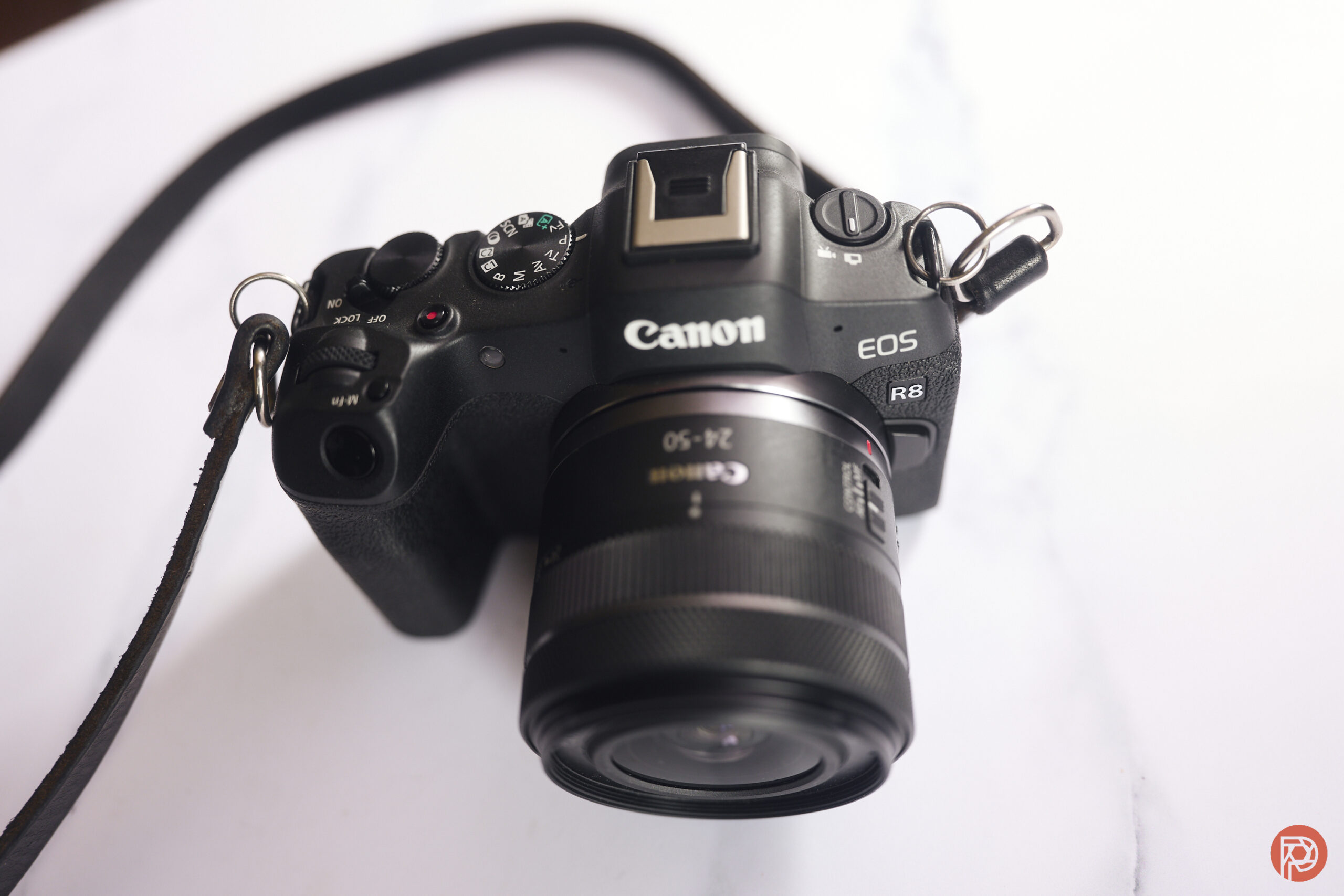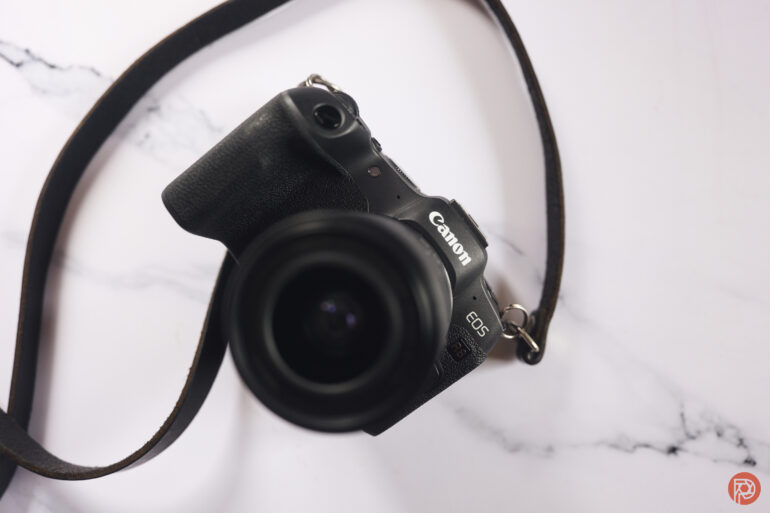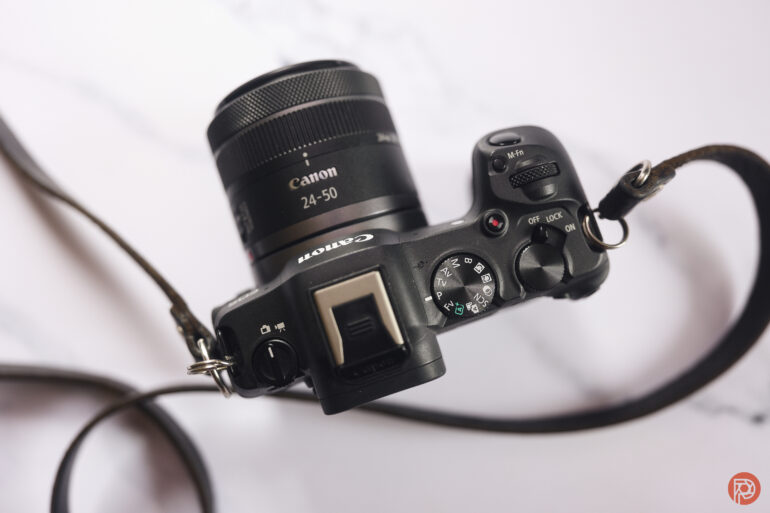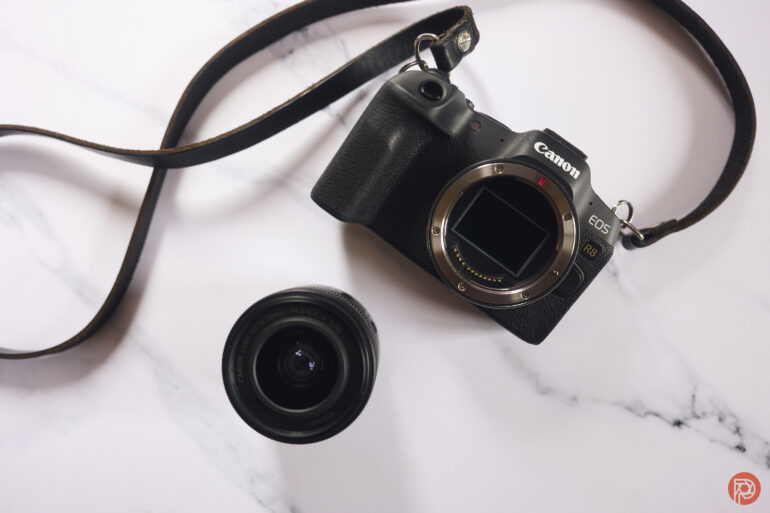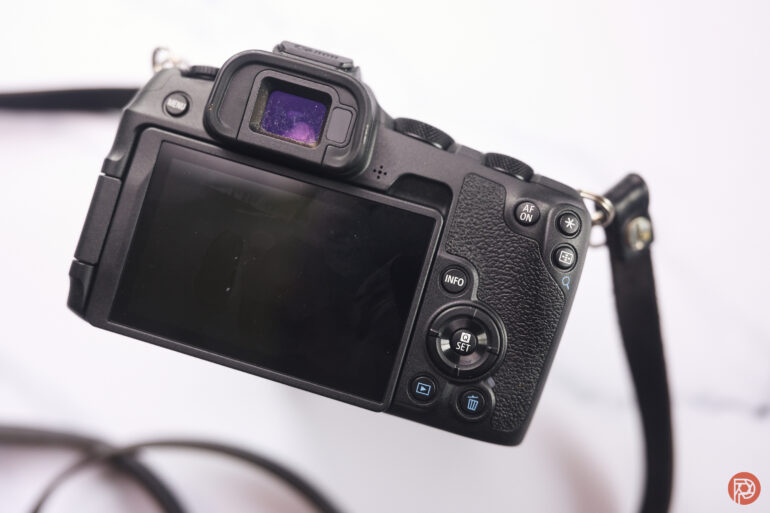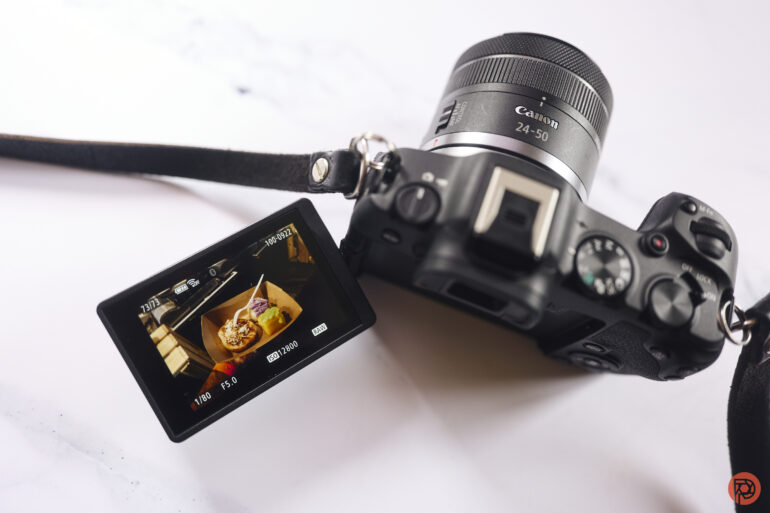“Wait, they don’t even sell it as a kit with some L-glass?” I asked my friend on the phone when I got the Canon EOS R8 in for review. And so, I tried to figure out what lenses to test it with. When I mounted the 100-400mm onto it, I didn’t expect the Canon EOS R8 to have better performance than the Canon EOS R5 in some ways. And I absolutely didn’t expect it to do well with a lens like the 100-400mm – which I otherwise consider to be, candidly speaking, garbage. But a few minutes of testing it, and I was making faces filled with surprise. I know that I didn’t have high expectations for the Canon EOS R8 when I originally wrote about it. But I didn’t expect something at this end of Canon’s camera lineup to outperform a bunch of other cameras on the market.
The Phoblographer may receive affiliate compensation for products purchased using links in this blog post.
Table of Contents
The Big Picture
The Canon EOS R8 is a camera that truly puzzles me but also makes a lot of sense. Canon is trying to find a way to get more market share with a very affordable camera model. They can easily push it like crazy during the holidays at a cheap price point, along with bundles and more. We know, if you’re reading this, that it’s not such an excellent camera in some ways. But in a slew of other ways, this camera beats a lot of what’s on the market. For the record, it completely obliterates anything in the APS-C camera realm from all the competitors at the moment. This is thanks to the AI integration and how well it works. At the same time, the Canon EOS R7 is a much better buy.
This is a good first camera to get if you’re just trying to seriously get into photography. But if you’re already a Canon customer, there’s no use in bothering with this even as a backup camera.
We’re giving the Canon EOS R8 three out of five stars. Want one? Check them out at Amazon.
Pros
- Good image quality
- Small
- Lightweight
- The autofocus really works
- Very affordable
Cons
- I wish the weather resistance was even better, and that it had a bundle with L lenses.
- Otherwise, I’m truly annoyed at how this camera even gives the R5 a run for its money in some ways.
Innovations
At this price point, there’s nothing like the Canon EOS R8 on the market. This camera crams a 24MP full-frame sensor, AI autofocus algorithms,
Gear Used
We tested the Canon EOS R8 with the 24-50mm kit lens and the 100-400mm zoom lens. All of the units are loaners. We purposely didn’t test this with Canon L lenses because we don’t think that it’s the right target audience.
Ergonomics
Here’s a look at the front of the Canon EOS R8. As you can tell, there isn’t much to it. It looks like the Canon EOS R and EOS RP.
The top of the Canon EOS R8 has a few controls. The on/off switch is around one of the exposure dials with the lock setting curiously in the middle. On the left is the switch between video and photo. All the other controls are pretty standard.
Unfortunately, the Canon EOS R8 doesn’t let the shutter come down to protect the sensor.
The back of the Canon EOS R8 shares the same excitement of doing laundry. There’s no joystick, and so with that said, you’re going to have to get used to using the touchscreen or the D pad in the back. It feels like something from nearly 10 years ago.
And, of course, this is a Canon camera. So the screen comes out and can be fun to work with.
Build Quality
The Canon EOS R8 has weather resistance, but it’s not all that good compared to some of the higher end products from Canon. What’s more, this camera doesn’t let the shutter come down over the sensor to protect it from dust. So overall, using the Canon EOS R8 is like using a Rebel camera if it had weather resistance.
In the hand, the camera feels good and is quite small. That specifically makes you want to take it with you everywhere. But what this really needs is an RF variant of the Canon 40mm f2.8 pancake lens to make it shine.
Ease of Use
This camera is simultaneously better and worse than the Canon EOS R5 and EOS R7 both. And in many ways, it’s better than the original EOS R. What’s most annoying is that the R8 gets the “direct subject to detect” option that the R6 II has; and this can be programmed to a button. The R7 and R5 are the cameras that really need them though. And the R8 even gets an auto-subject to detect option as well. Come on Canon.
Otherwise, if you’ve been a Canon user for a while, this will be a pretty straight forward camera to use. You won’t be able to do everything that you can with a camera with more buttons quickly because there are fewer buttons. However, you can use the touch screen to do most things still. Using the touch screen isn’t bad, but it’s not the direct input that a set button can give you.
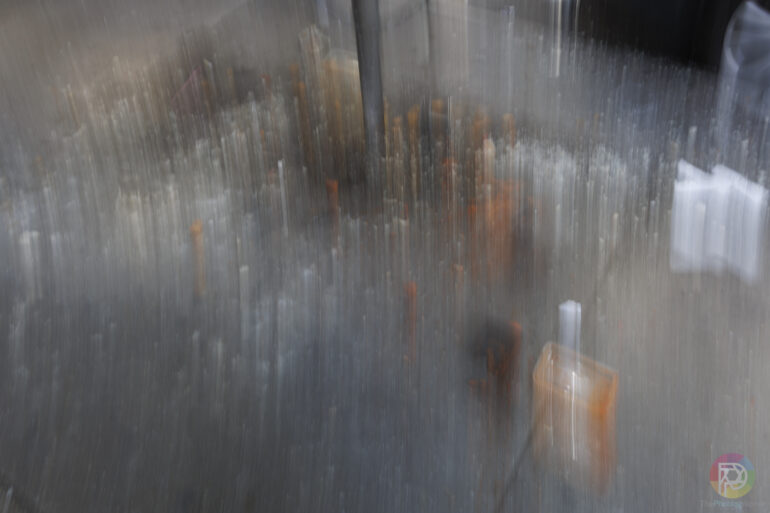
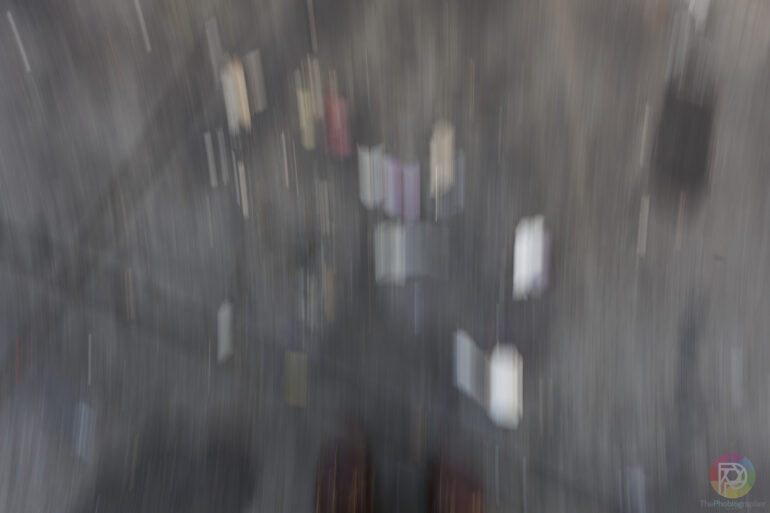
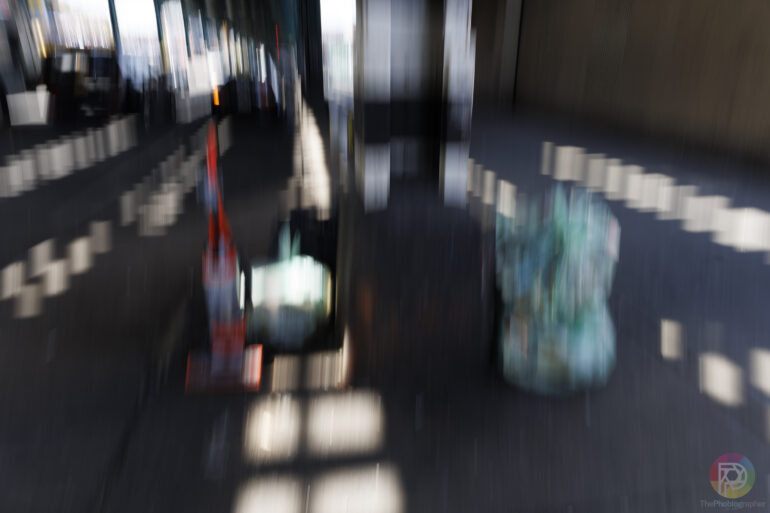
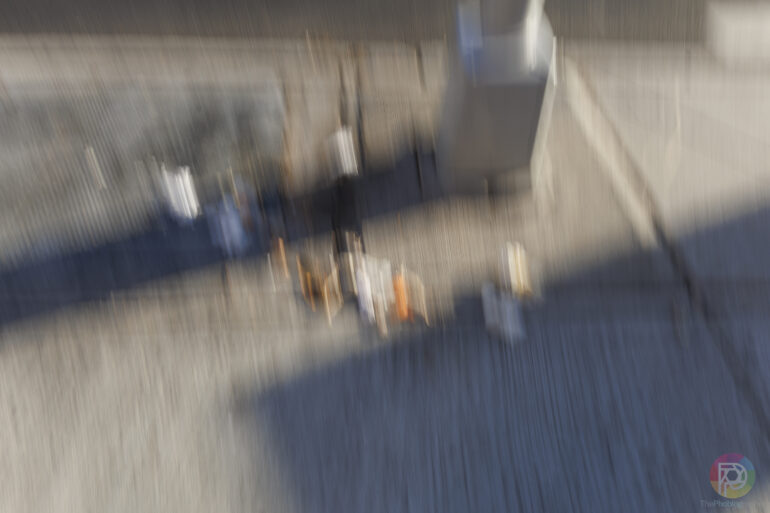
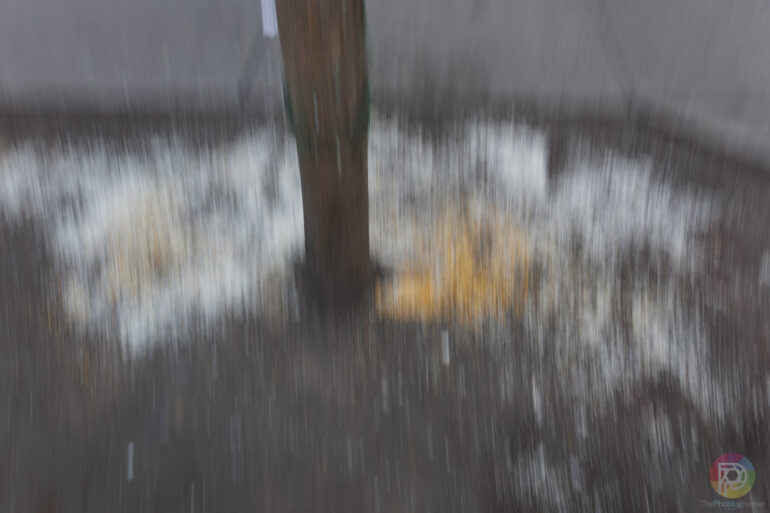
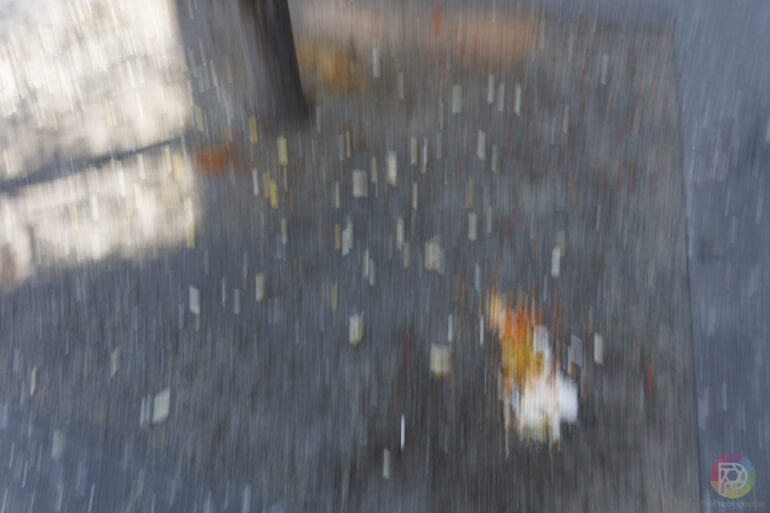
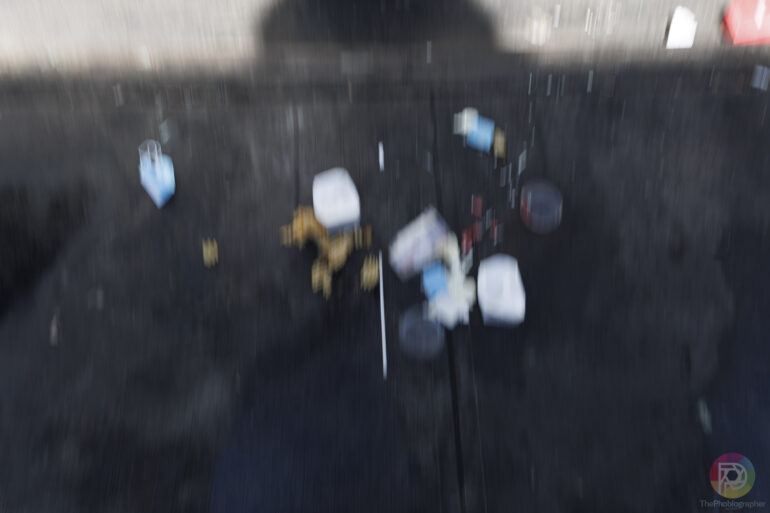
Truly, I realized when shooting with this camera that shooting with Canon has never brought my actual joy. It’s a soulless system that really needs L glass to really like what it produces. But L glass is massive.
Let me put it this way, I was very bored testing this camera out, particularly because it doesn’t do much that’s special. So to cure my boredom, I took painterly photos of trash along the streets in Queens, NY. This showed me how image stabilization of the lens works at 1/15th with excessive movements.
Ease of Use Update November 2023
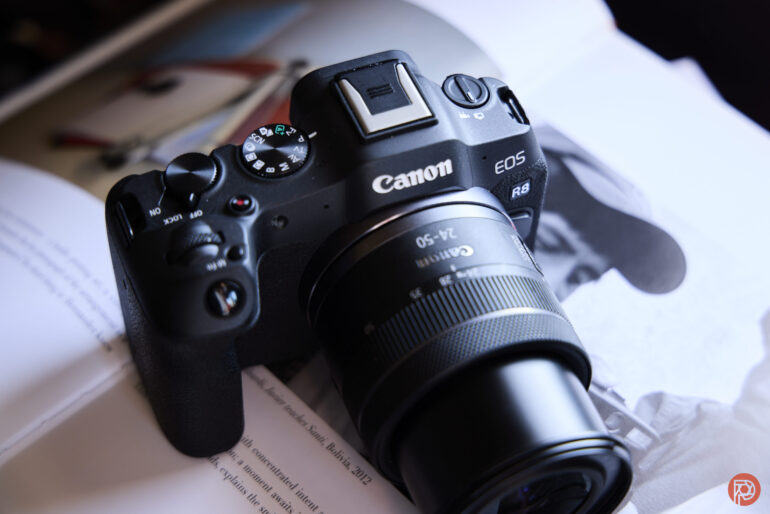
Firmware 1.1 for the Canon EOS R8 adds some, well, a whole lot of nothing. Here are the details:
- Adds support for the Software Development Assistance Kit (EDSDK/CCAPI).
- Fixes minor issues.
This is the first full-frame camera from Canon’s RF lineup to not get much of any sort of major improvements. When the Canon EOS R launched, Canon did a press trip pretty much dedicated to the fact that they supercharged the autofocus. They also tuned up many of their other full-frame cameras.
But we’re updating this review during holiday season 2023. And right now, the camera is a few hundred bucks off. It more or less meets what I thought would come to fruition when I stated that it’s a disappointment.
This Canon EOS R8 was designed to modernize a long-time Canon strategy where they made lots of entry-level products and then drove the price down a lot to move them around the holidays. But the camera world has majorly changed — and I think Canon is going to need to realize that they have to improve even cameras like this one.
As far as I go, there aren’t any bugs worth talking about with this camera and even with the update, I didn’t notice much of a change. But what’s even more insane is that they couldn’t at least add the feature that brings the shutter down over the sensor to protect it.
Truly, I don’t know why I’d buy this camera. The only thing truly saving it is the price point and the features that they packed into it without making it weather-resistant. And with that said, it’s a ploy just to get consumers who aren’t reaching for higher fruit to get the camera. Though to use the best features of this camera to the best of its abilities, you need to dish out a few thousand dollars more for L-lenses. Canon’s 100-400mm is a joke compared to those from other competitors. But their 100-500mm is the best in the business. Add onto that that Canon doesn’t have any official 3rd party lens support at the moment and you get an entry into a system where you’ll be locked in unless you want to pay for a massive upgrade.
The strategy for a Canon shooter used to be that you buy a cheap camera, get the expensive lenses, and then upgrade to an expensive camera later on. But I wouldn’t really recommend that now partially because Canon’s cheap cameras are so mediocre. On the contrary, you can get something like the Sony a7 IV and a high-end Tamron lens while spending less compared to the Canon EOS R8 and L-glass.
Let’s be clear here too and talk about what else Canon could’ve implemented into this camera:
- Improvement to the touch and drag settings: currently, to make it really useful while the camera is to your eye, you need to adjust the sensitivity. But I wish that they provided more options.
- The display simulation could use some refinement. Exposure during depth of field preview doesn’t seem to work all that well. And it makes more sense to do this because otherwise, the autofocus performance could be sacrificed.
- Improvements to the auto-scene detection
- Splitting the animal and bird function but also letting us keep the all-animals feature.
I’ve got a feeling that Canon won’t do this and that instead we’ll be getting those features with other cameras.
Let me leave you with another thought though: if you’re sitting here defending Canon, then you’re the problem. Why are we defending a billion-dollar company that is highly capable of doing this? When phone cameras came around, they completely killed the lower-end market. And now, I feel like Canon needs to work harder.
Truly, I’d rather bring my iPhone 14 Pro Max around than this camera.
Metering
For the most part, the Canon EOS R8 conforms to Sunny 16 standards when shooting in manual mode. The sensor is only around 1/3 of the way off; and that’s pretty good. In other metering modes, it kind of just does whatever it wants.
Focusing
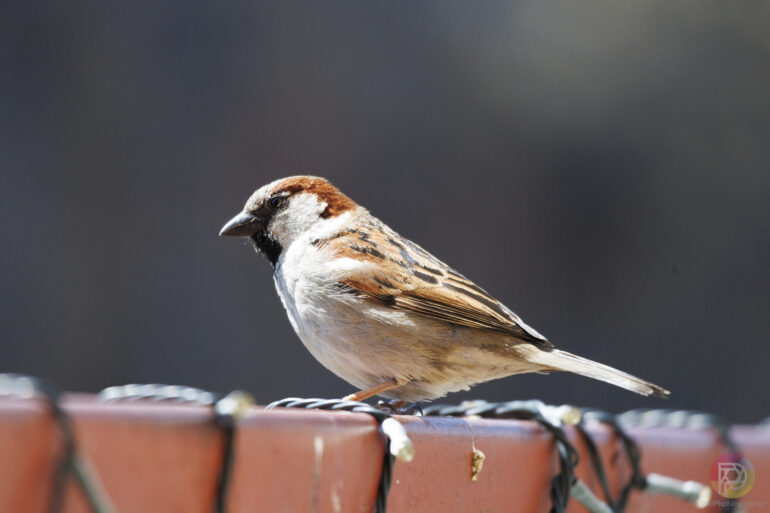
The problem with a camera like this is that we have no idea how someone buying it would use the autofocus. Would they not touch it? Would they leave the camera in auto mode the entire time? We don’t know. But we do know how the AF performance went.
When we tried photographing birds and humans in the all auto functions (focus picking whether Servo or single combined with whole area af) the camera couldn’t always figure out what we wanted. In this way, it’s behind Sony’s entry level options. And it’s also behind the R5. But if you want to fine tune things like the focus point and specifically which scene detection you want, this camera turns into something that’s better than even the R5 in some ways.
We barely tested this camera with L glass. Honestly, I don’t know who’d use it with L lenses either. As it is, this camera made me realize that the joy of using Canon RF is still with its lenses; not the camera.
Image Quality
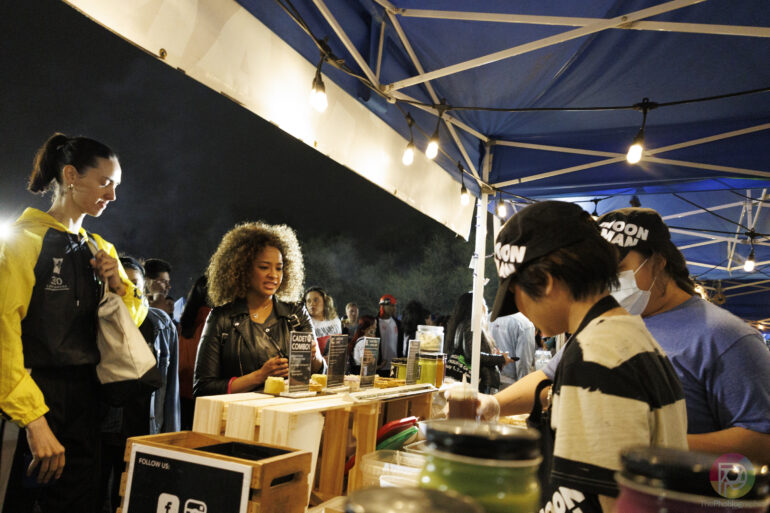
The image quality of the Canon EOS R8 makes the want to call this the iPhone of Canon cameras. While the image quality can be very spectacular, we can’t expect much in terms of overall versatility. Truly, I wouldn’t bother shooting with this camera in RAW.
JPEG Output
Where the image quality of the Canon EOS R8 really shines is with the JPEG Output. Indeed, this might be one of Canon’s best cameras for it. Coupled with the light weight and full-frame sensor, I’d probably never want to shoot RAWs with this camera — that would especially be the case if I didn’t know any better.
High ISO Output
We had to edit in Lightroom Classic, and let me tell you: the high ISO output is really not that great in the shadows. Because of this, I didn’t even bother to do our printing tests. This sensor, whatever it is, is disappointing.
RAW File Versatility
Okay, these are bad. They’re really bad when it comes to getting information from the shadows. Essentially, when I started working with these files, I told myself that I have to shoot with this camera like it’s got chrome film inside. And at the end of the review, I agree with this statement.
Extra Image Samples
From day one, The Phoblographer has been huge on transparency with our audience. Nothing from this review is sponsored. Further, lots of folks will post reviews and show lots of editing in the photos. The problem then becomes that anyone and everyone can do the same thing. They’re not showing what the lens can do. So we have a section in our Extra Image Samples area to show edited and unedited photos. From this, you can make a decision for yourself.
Unedited

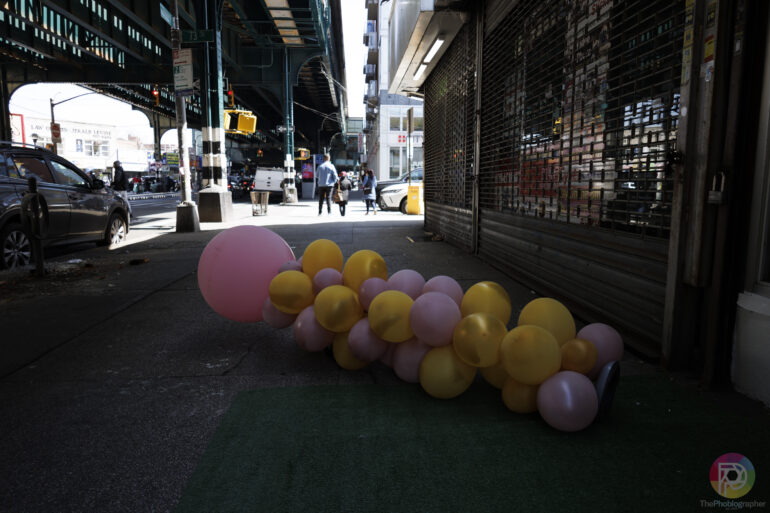
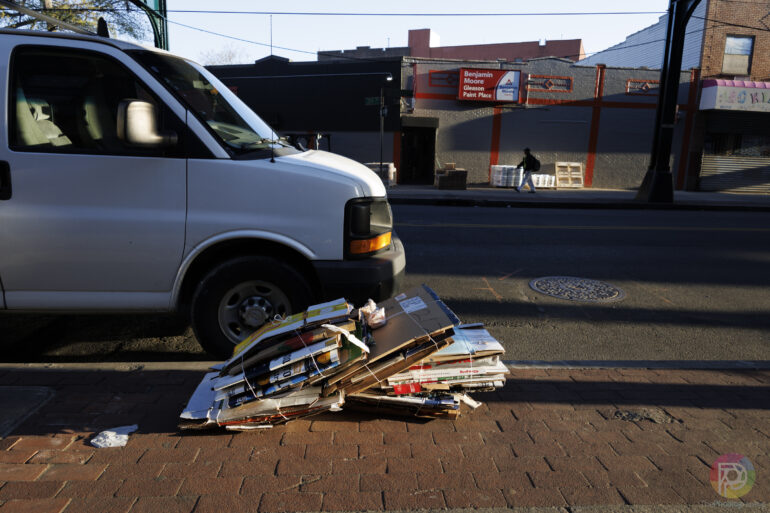
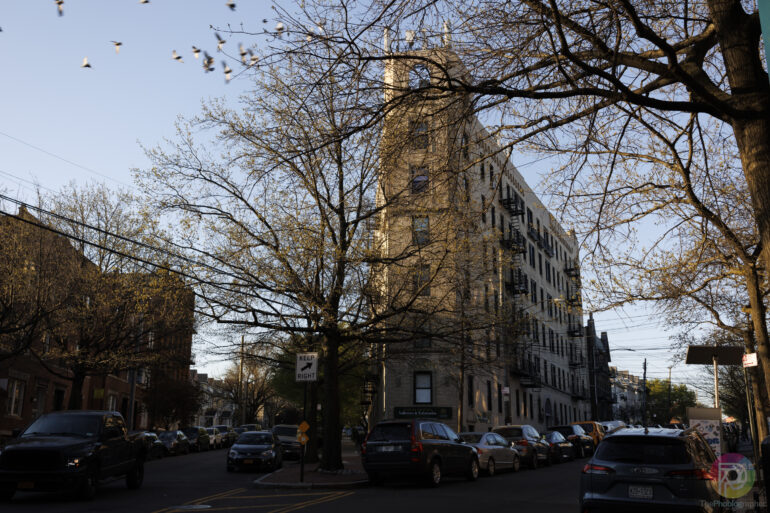



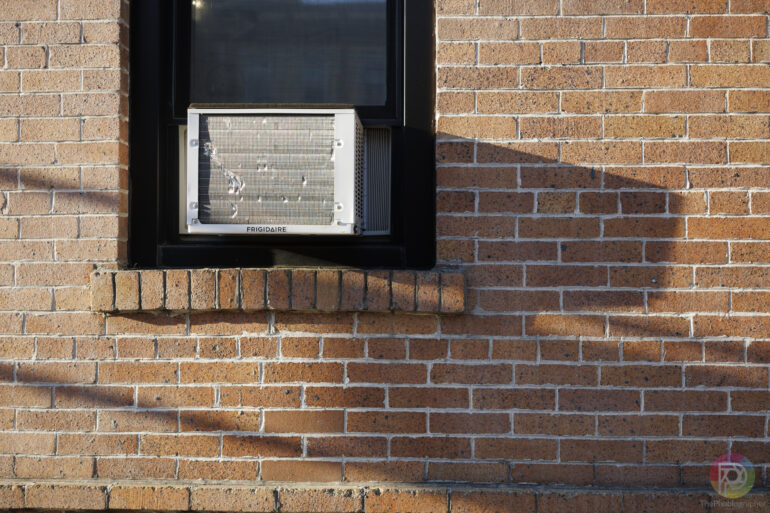
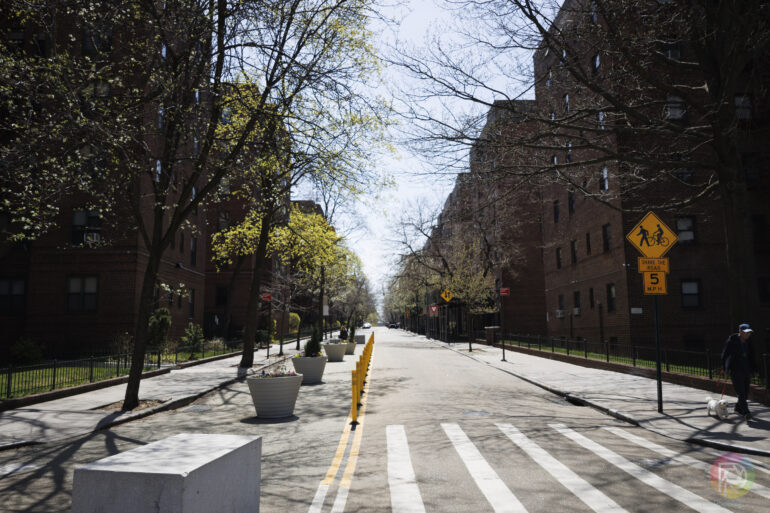
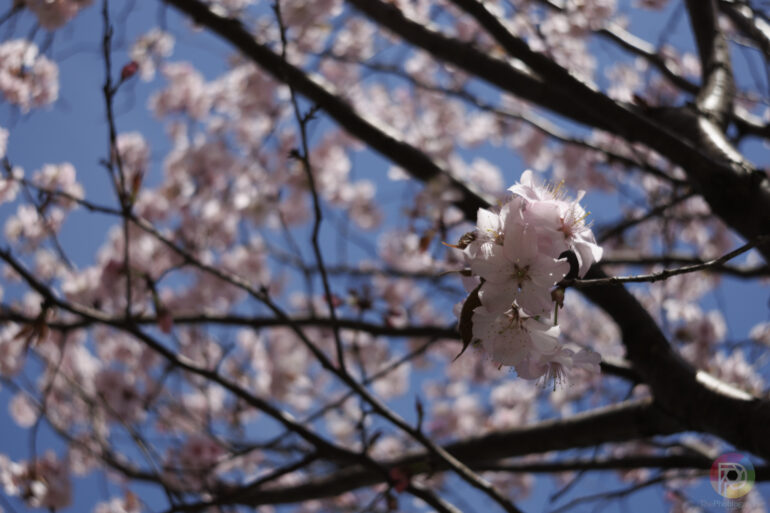

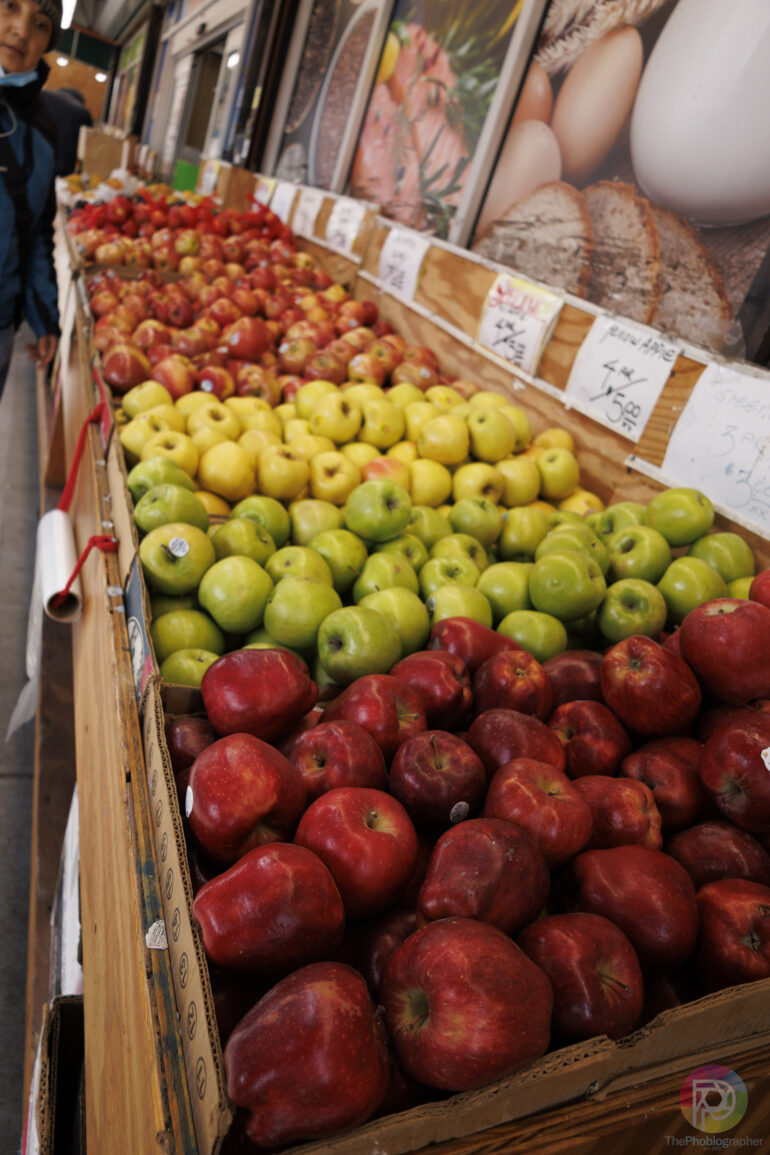
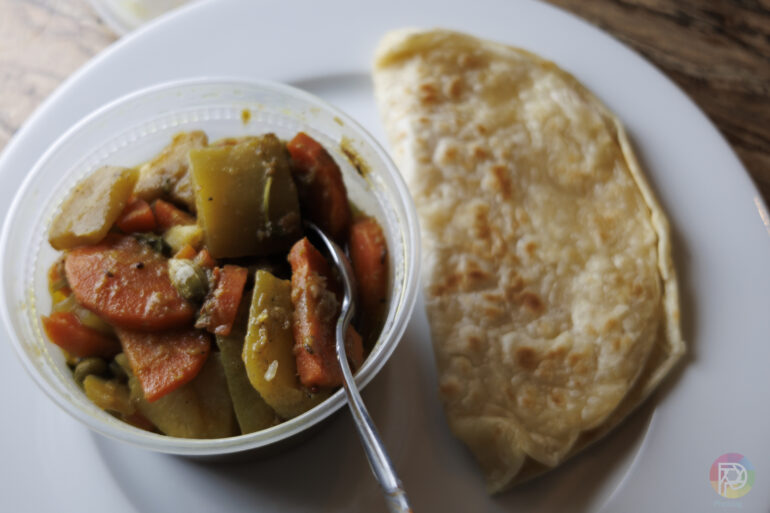
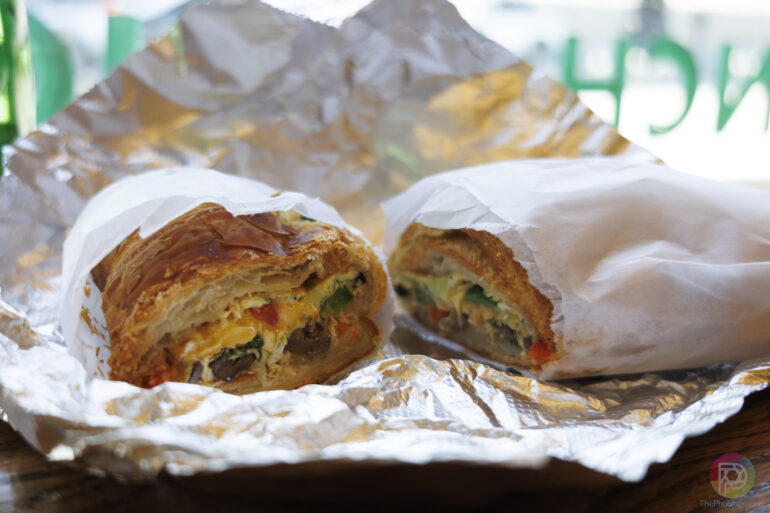
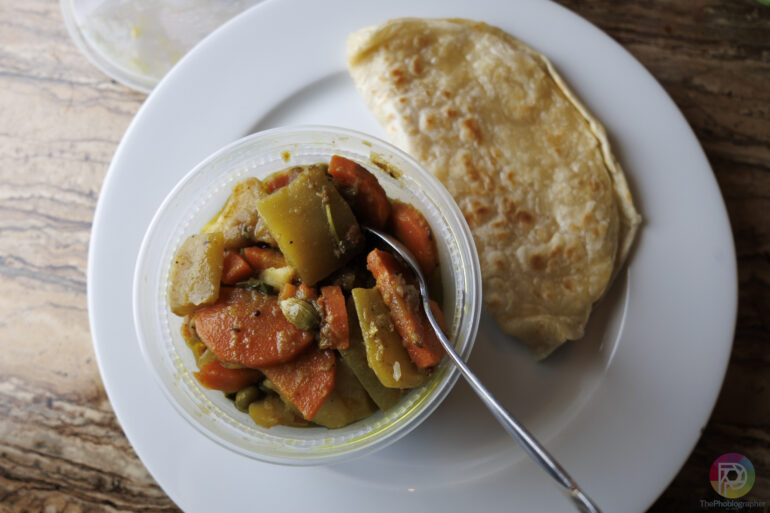
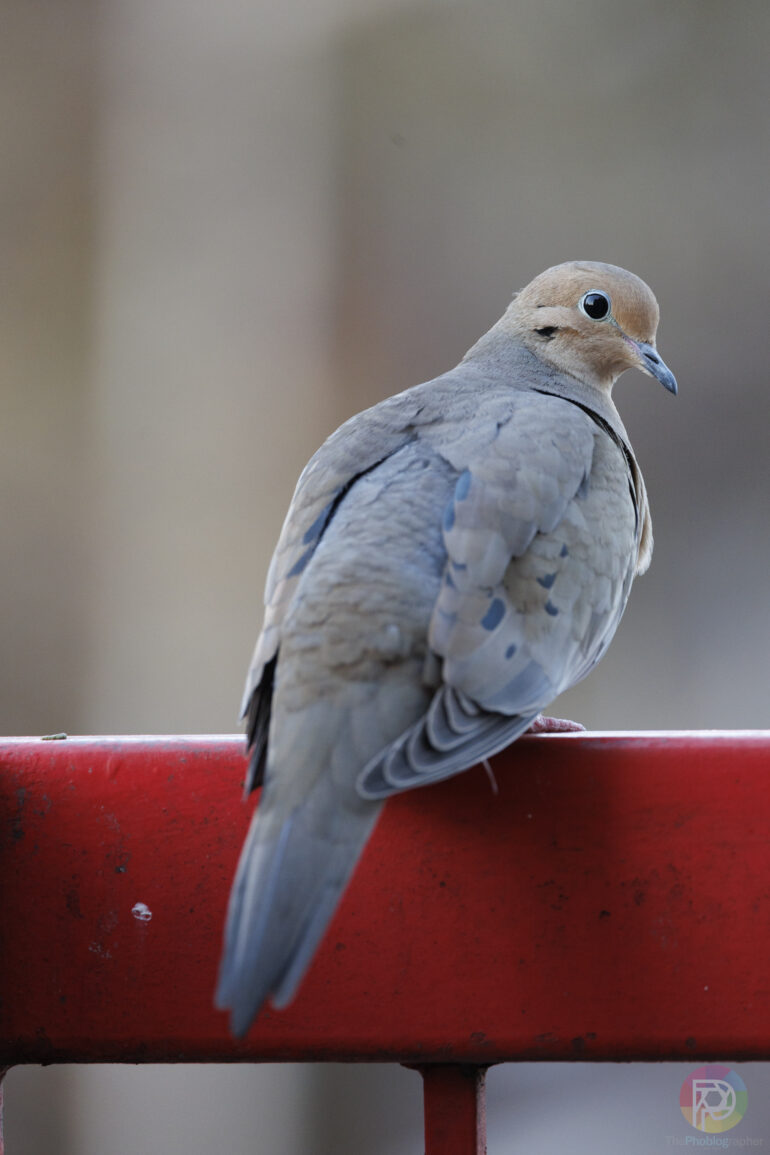
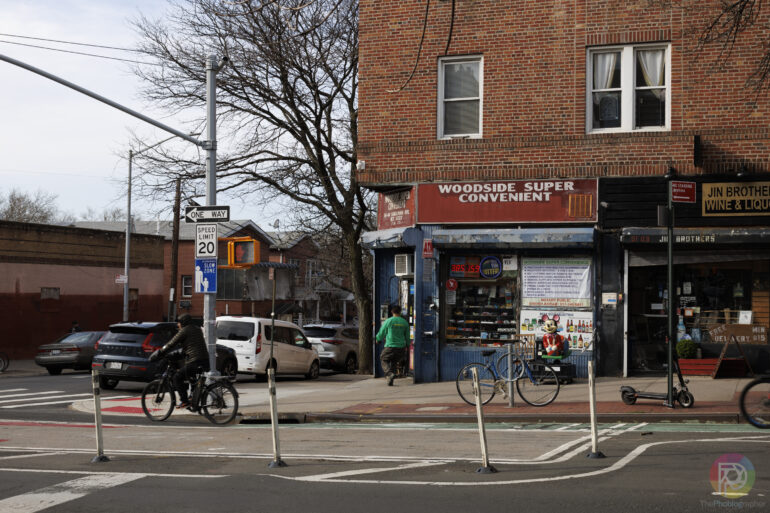
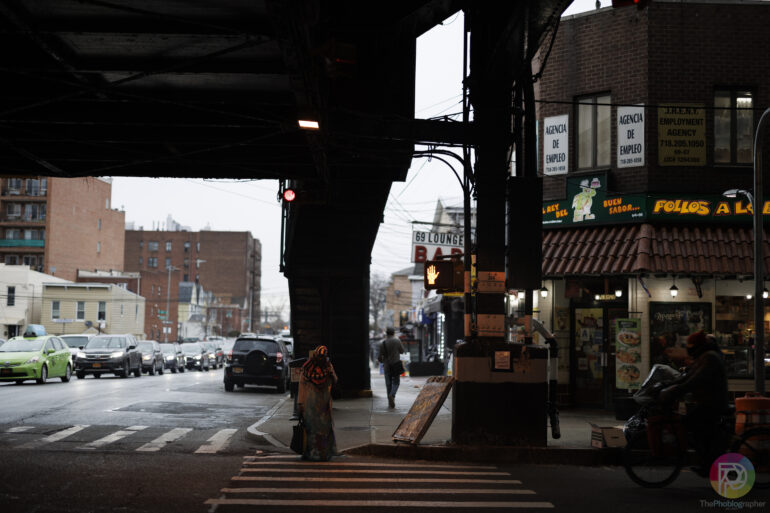
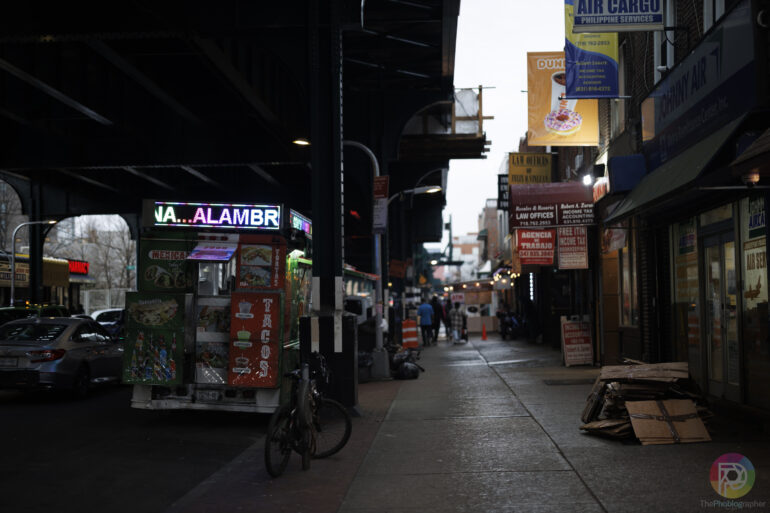
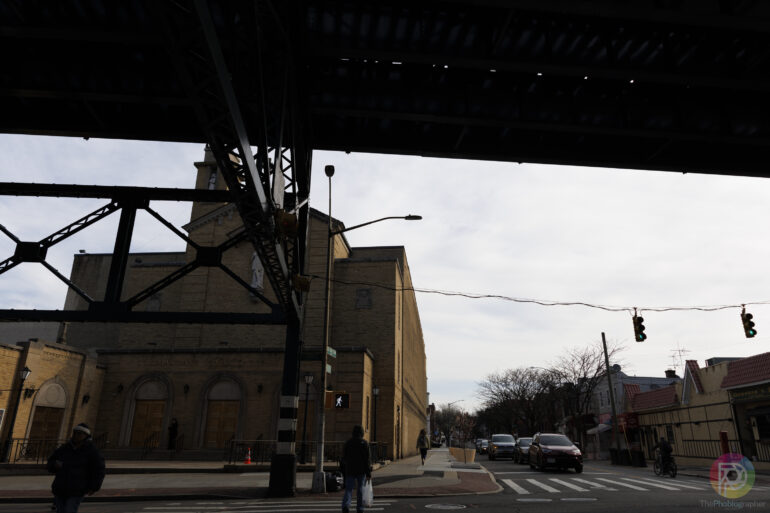



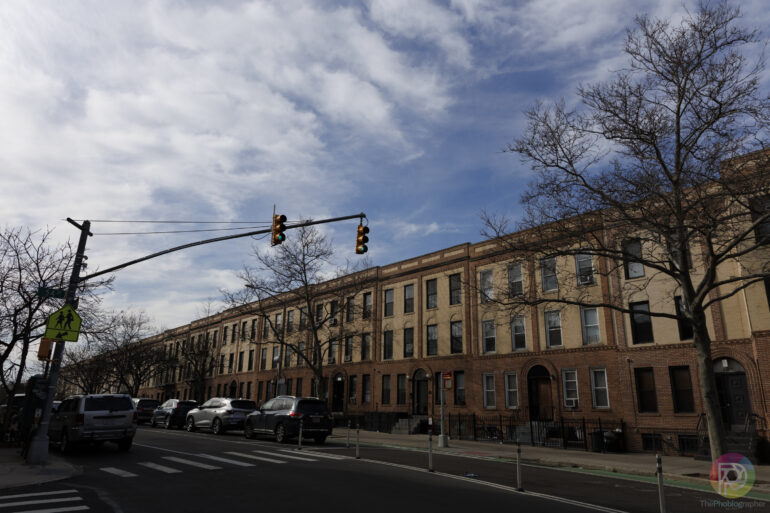
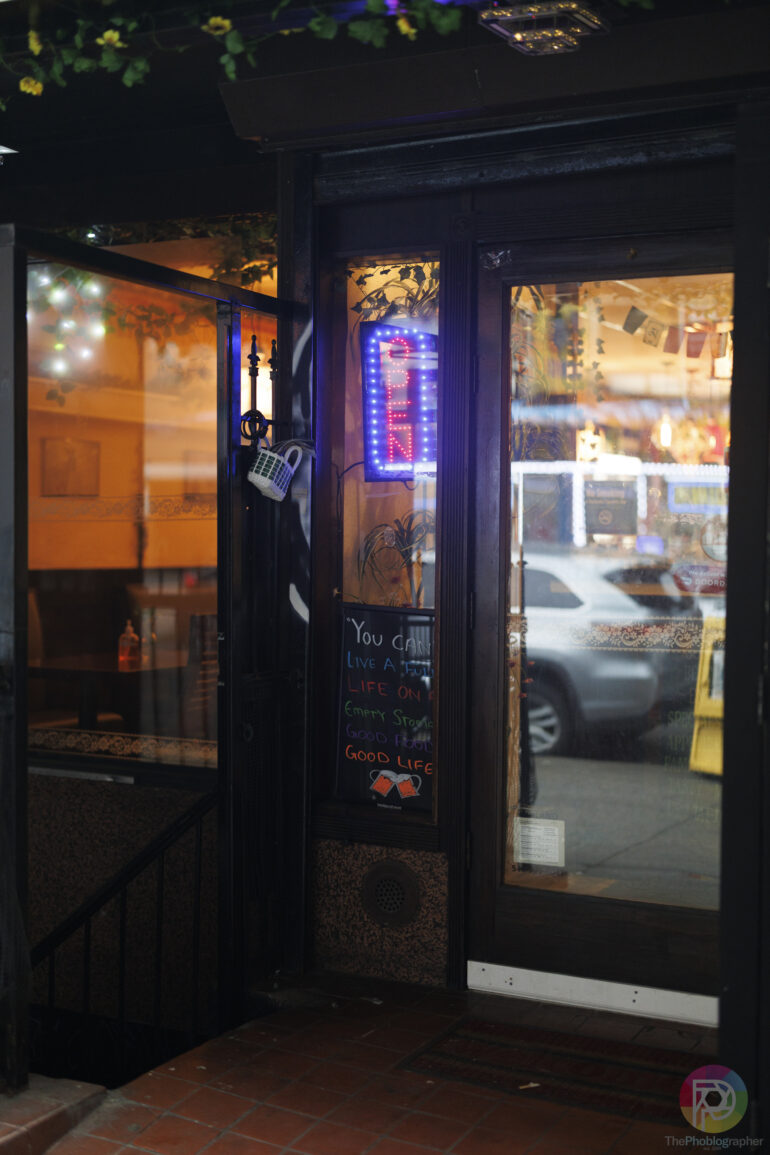
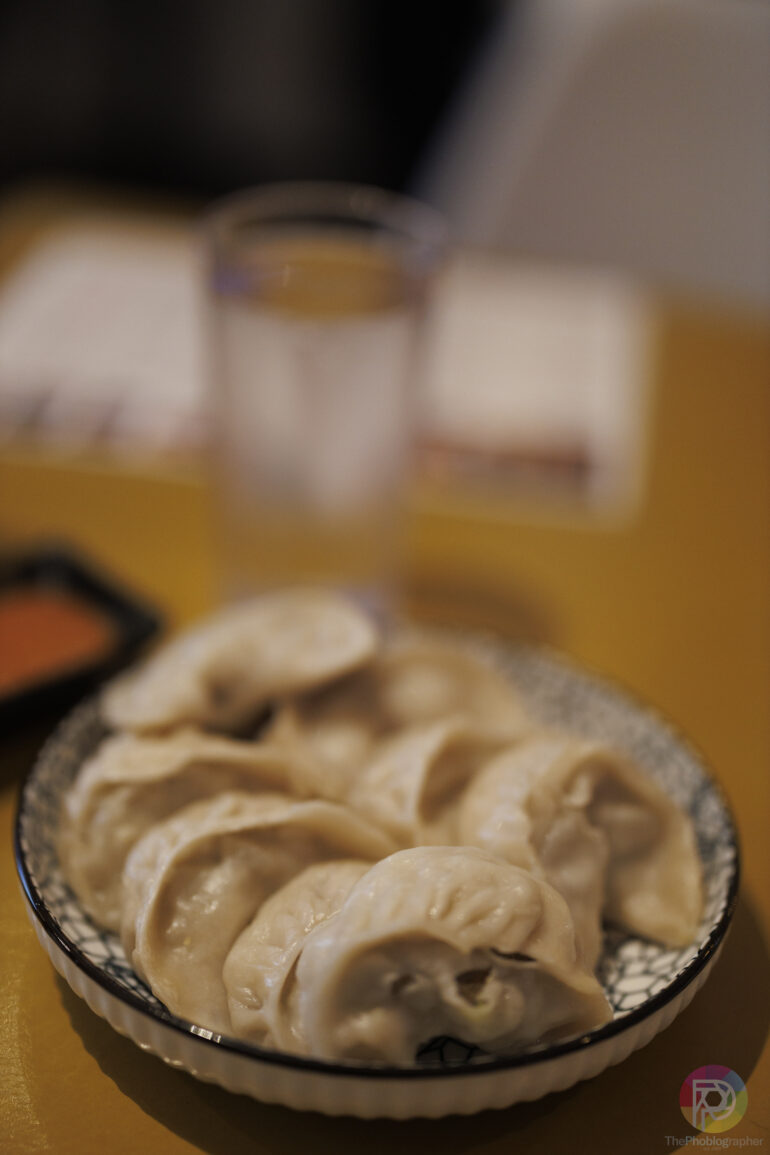
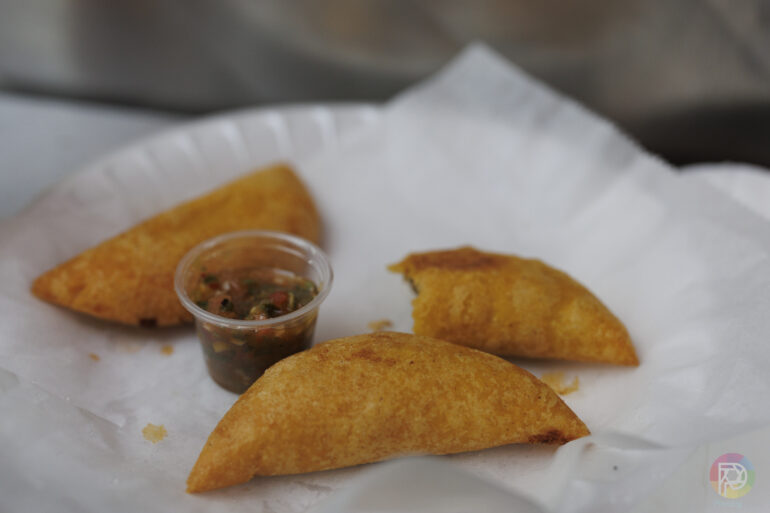
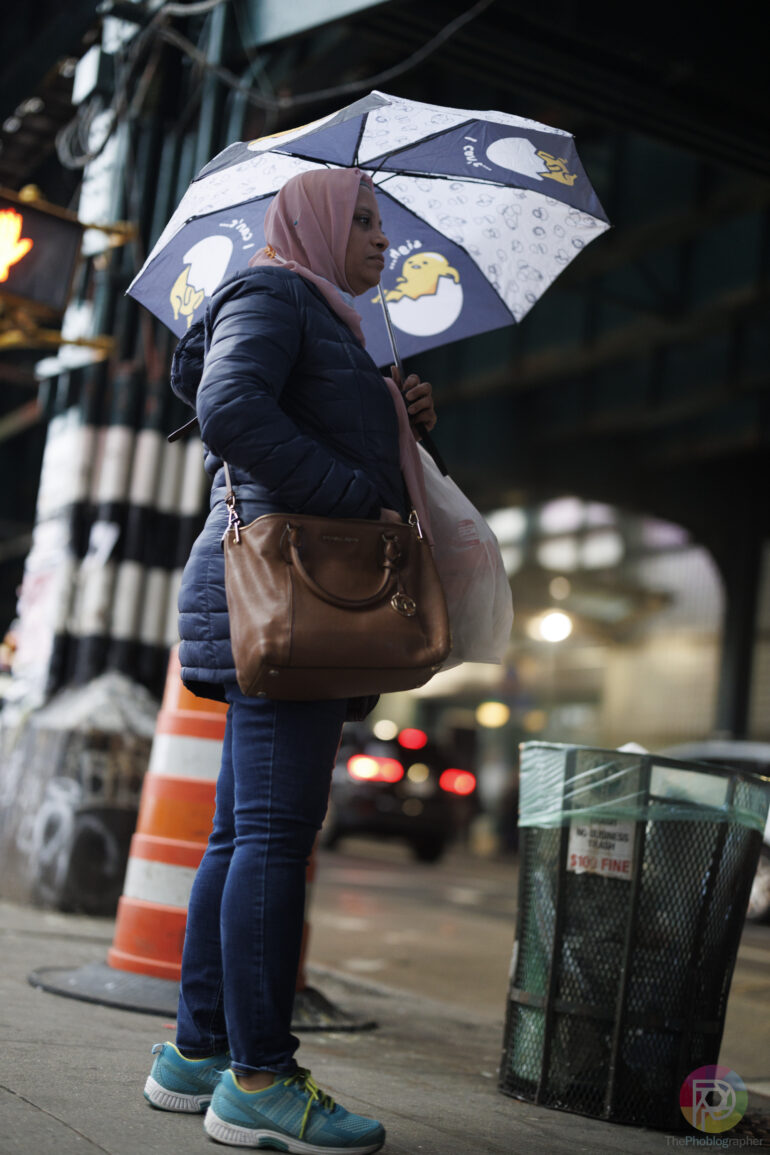
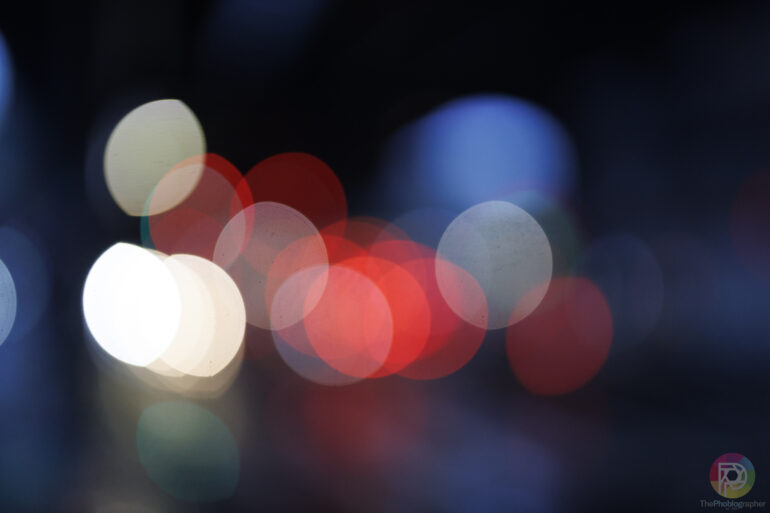
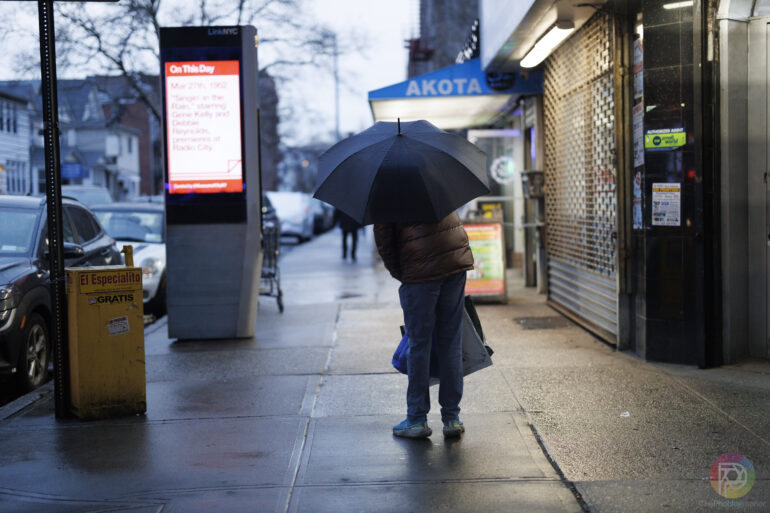
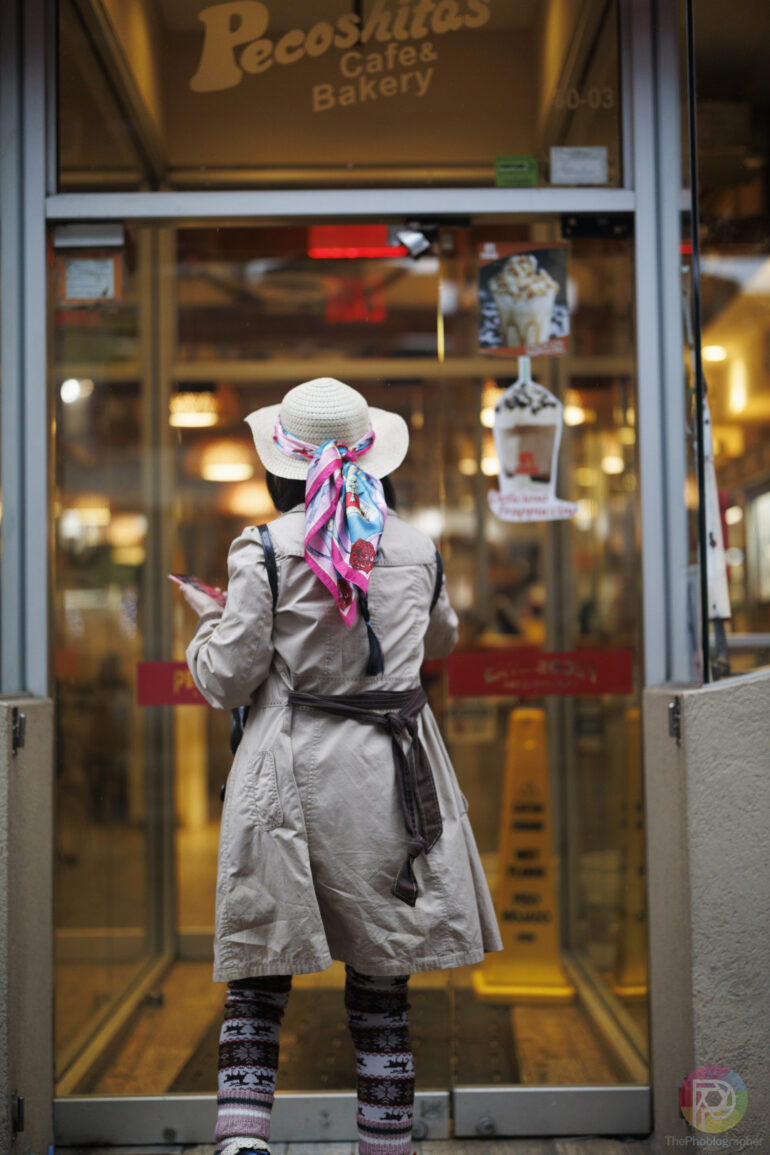
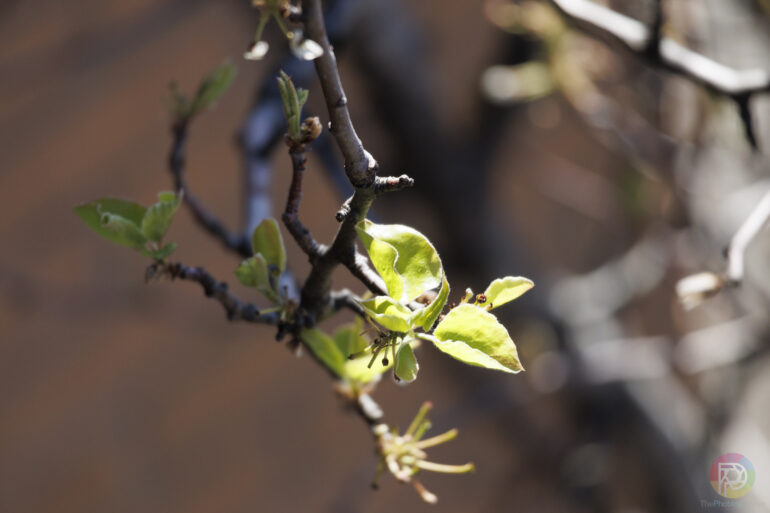
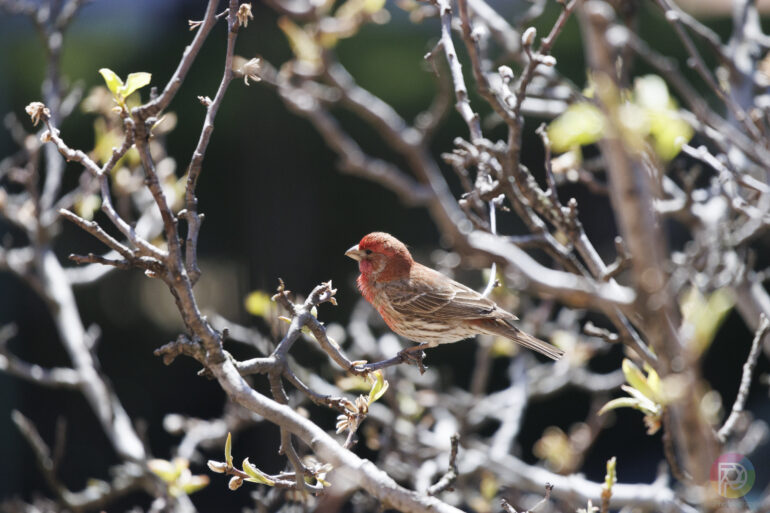




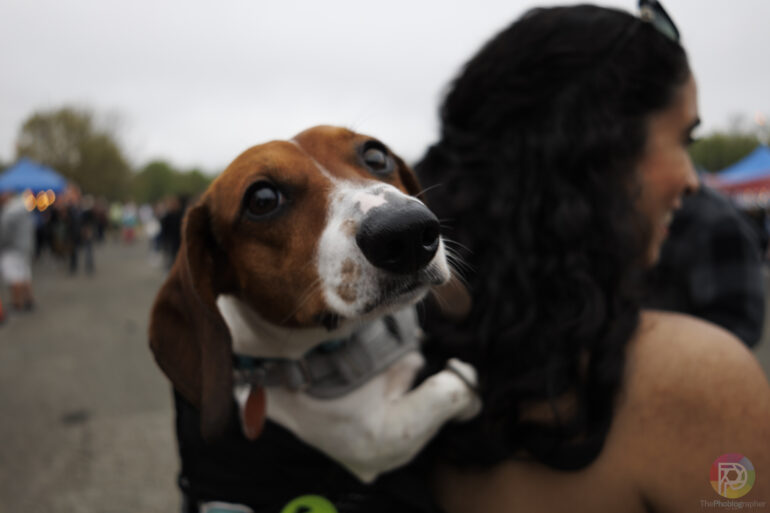


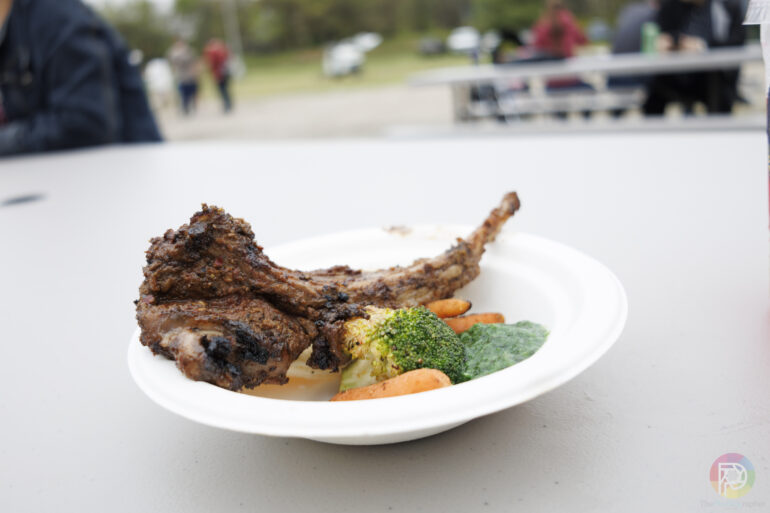
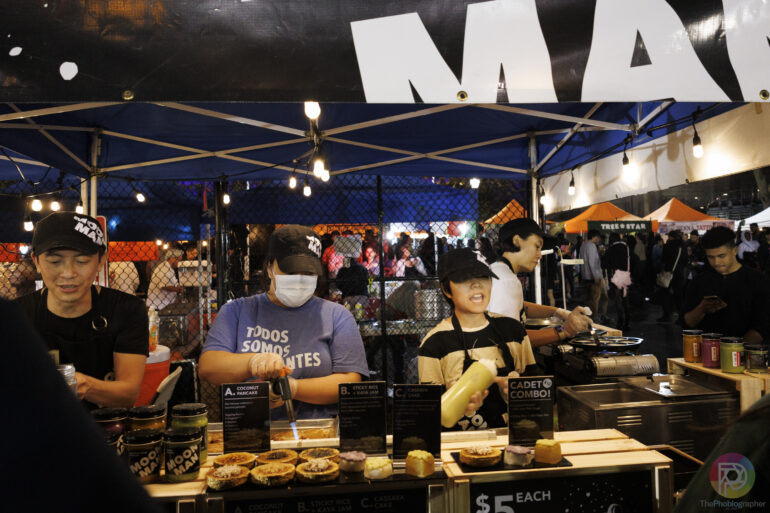
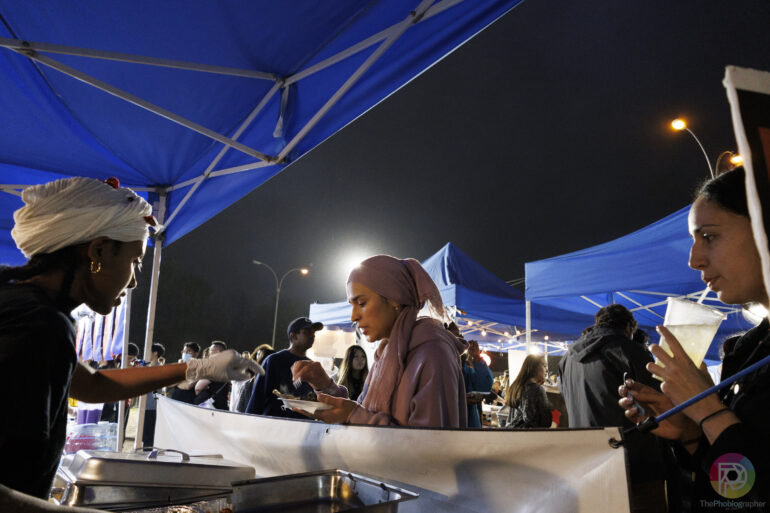

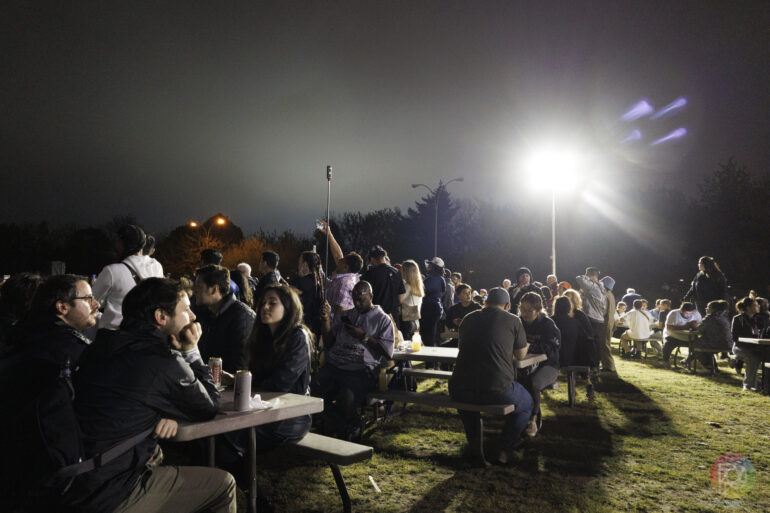
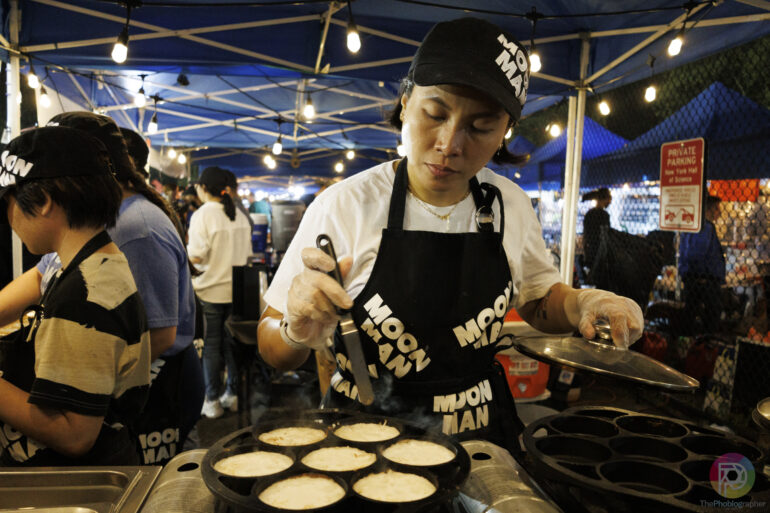
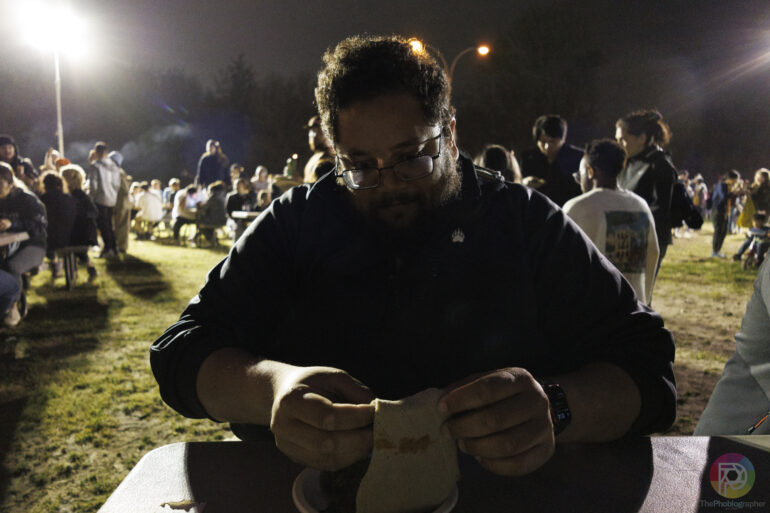


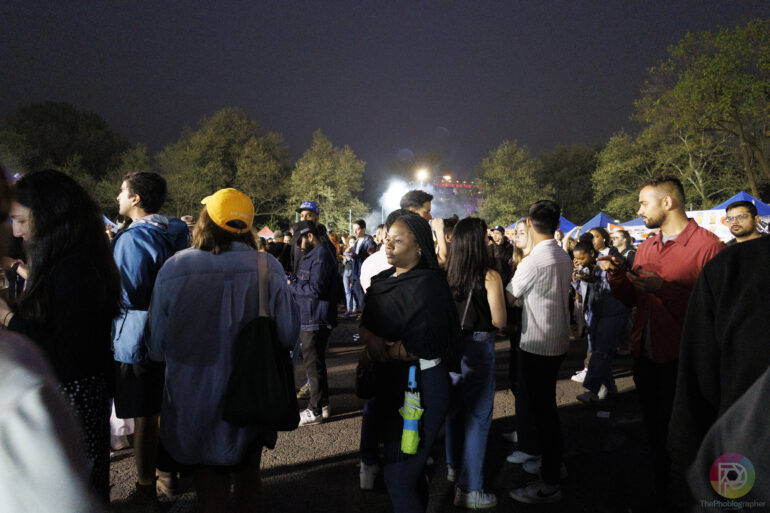
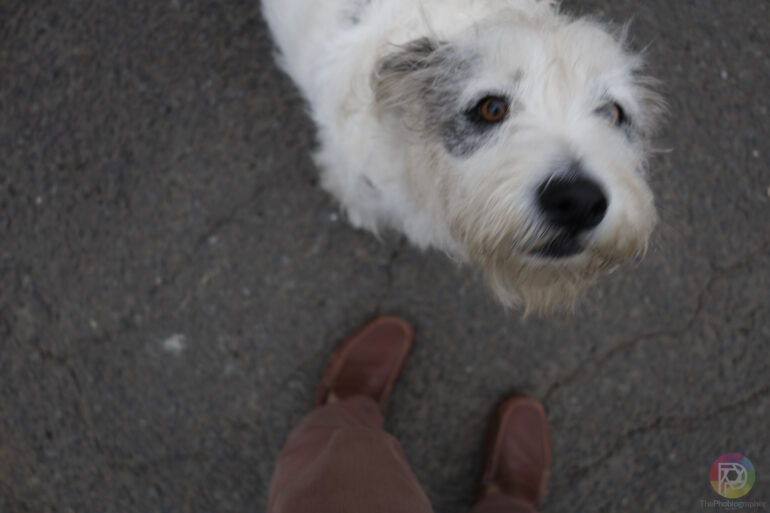
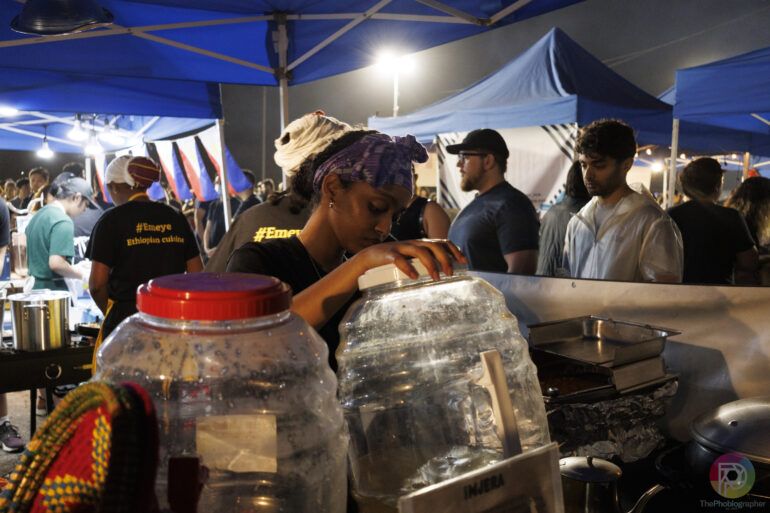
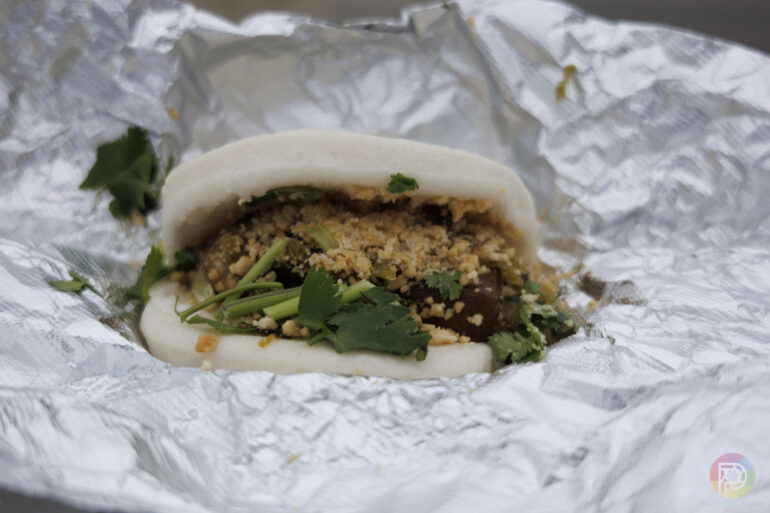
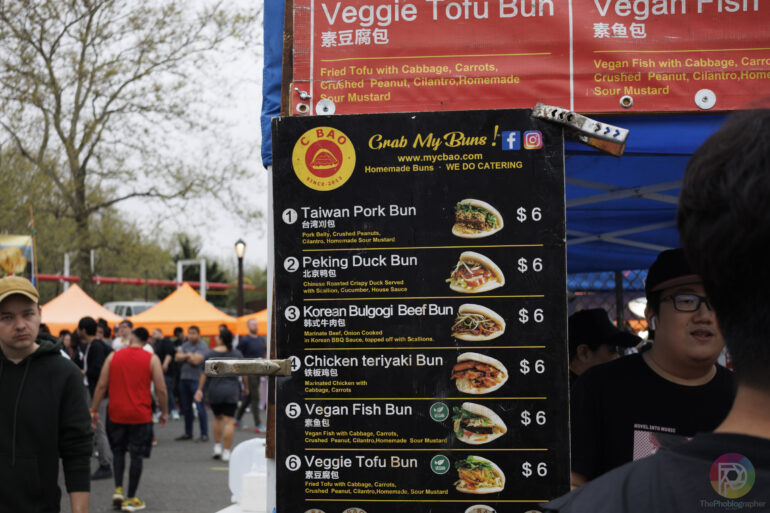
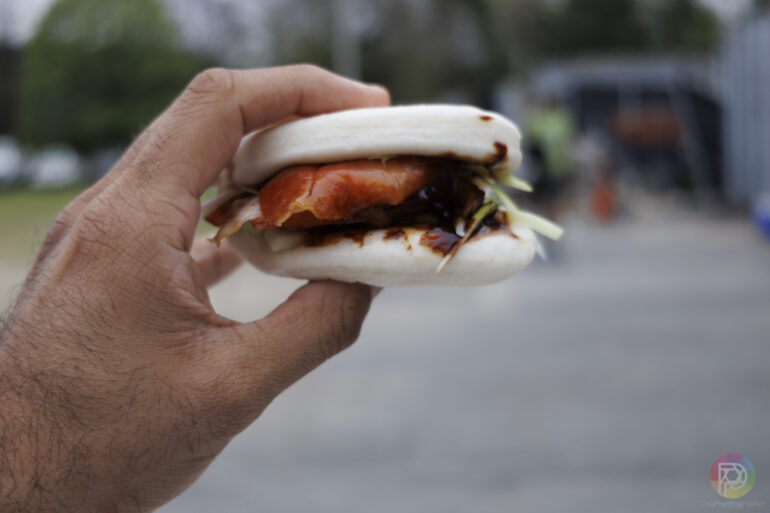
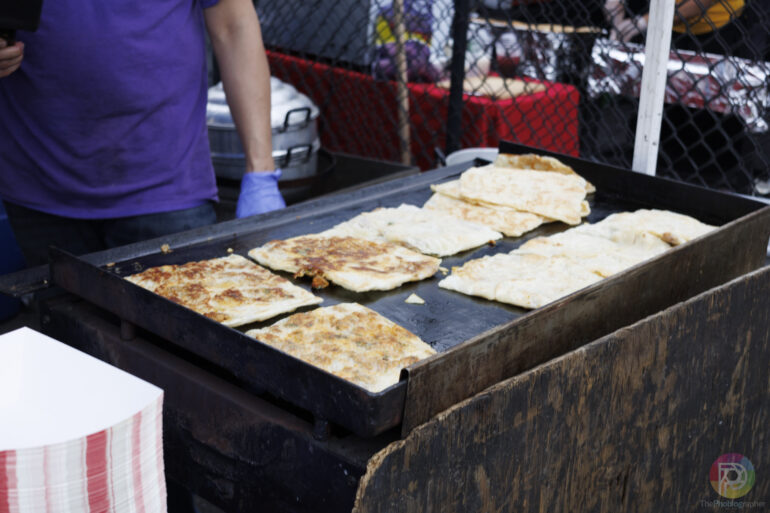
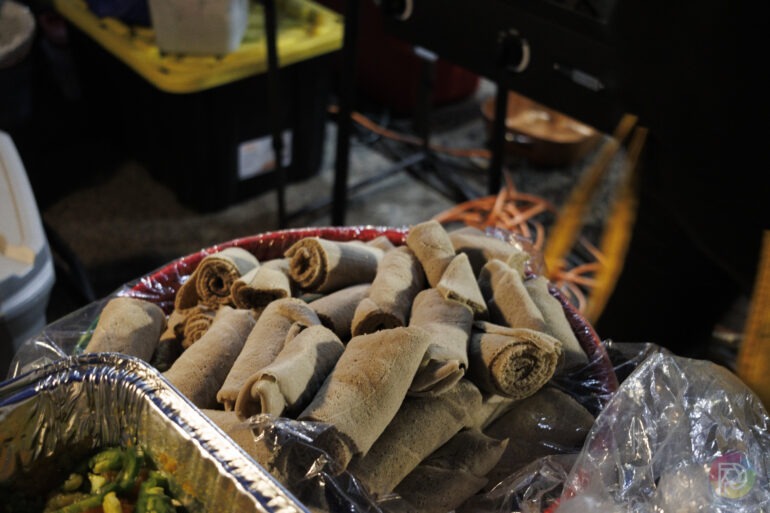
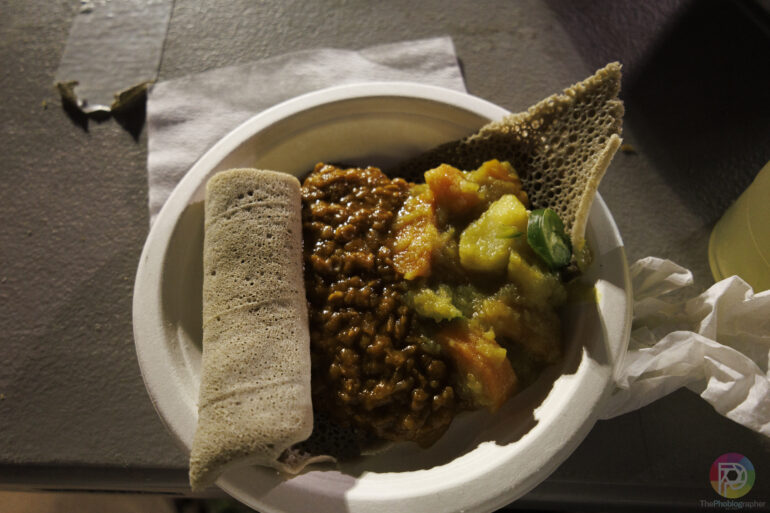
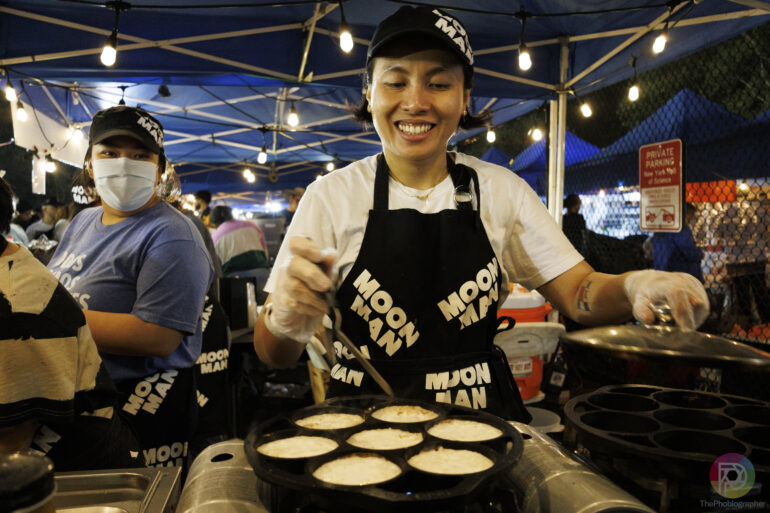


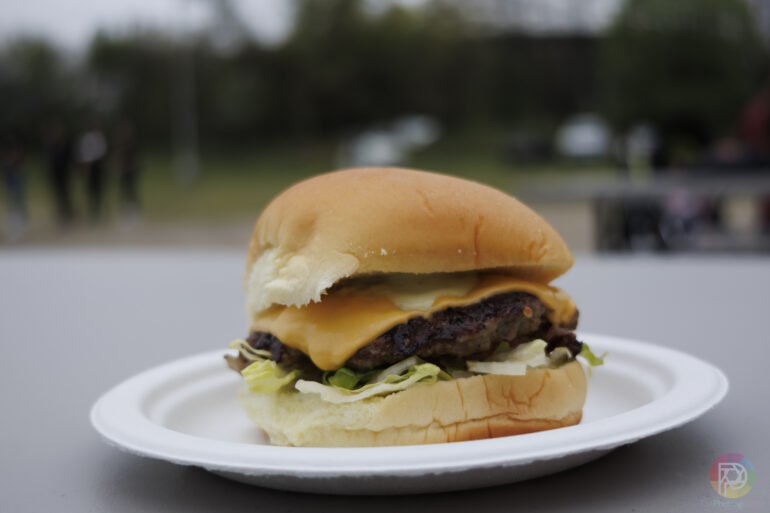
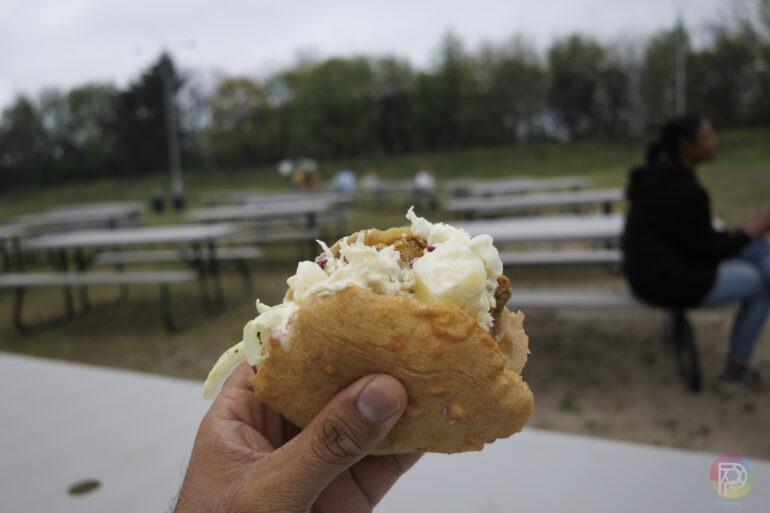
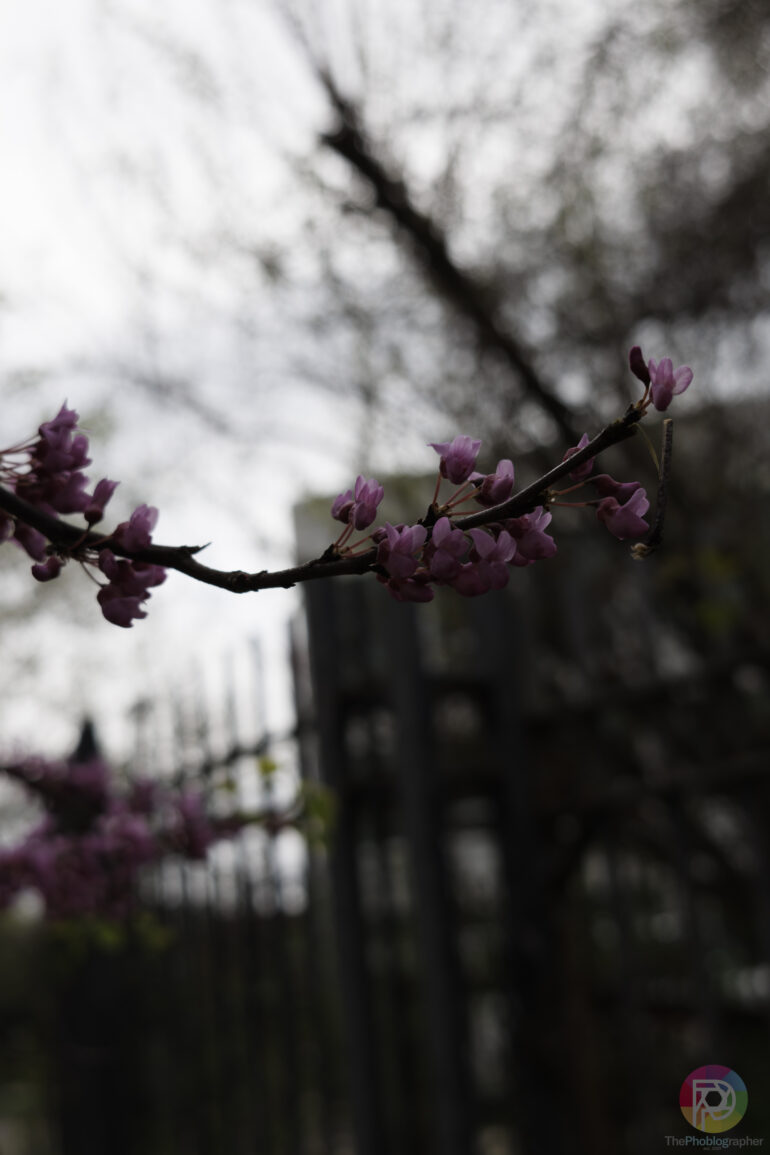
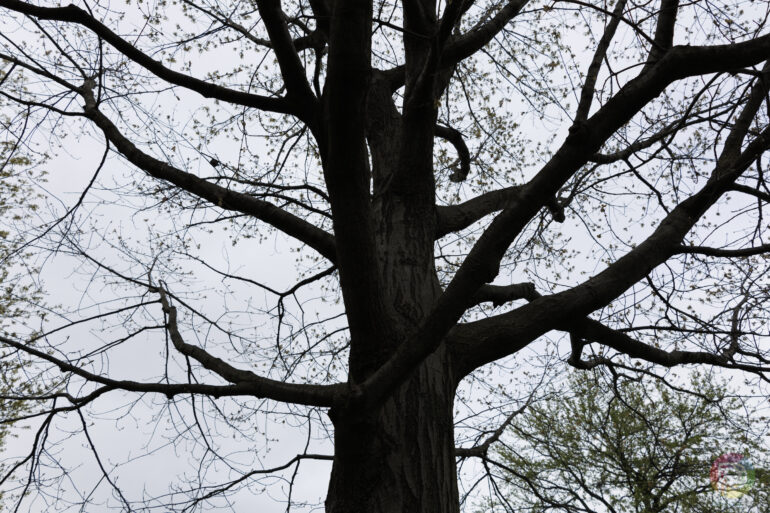
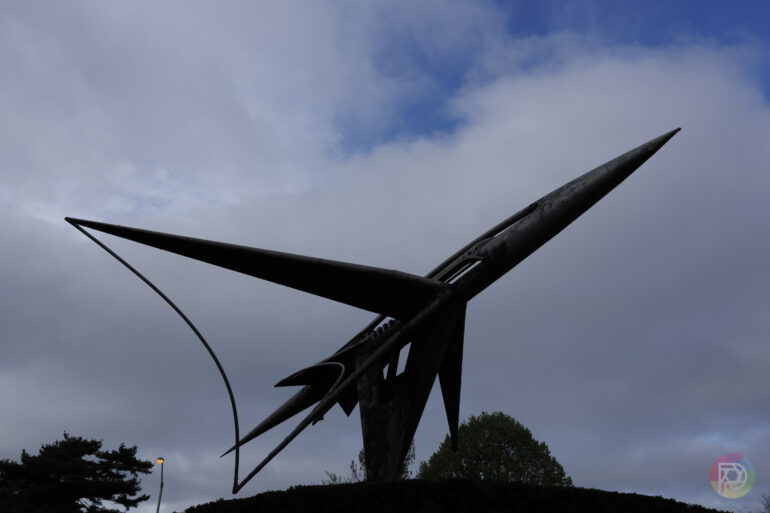

Edited
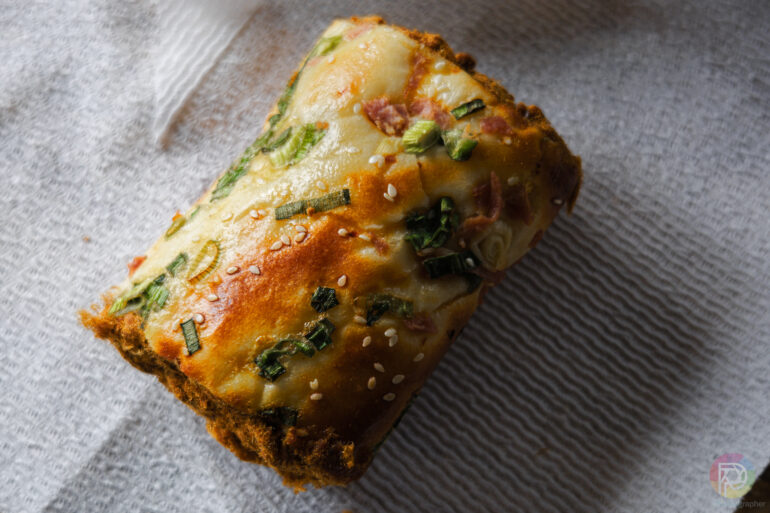
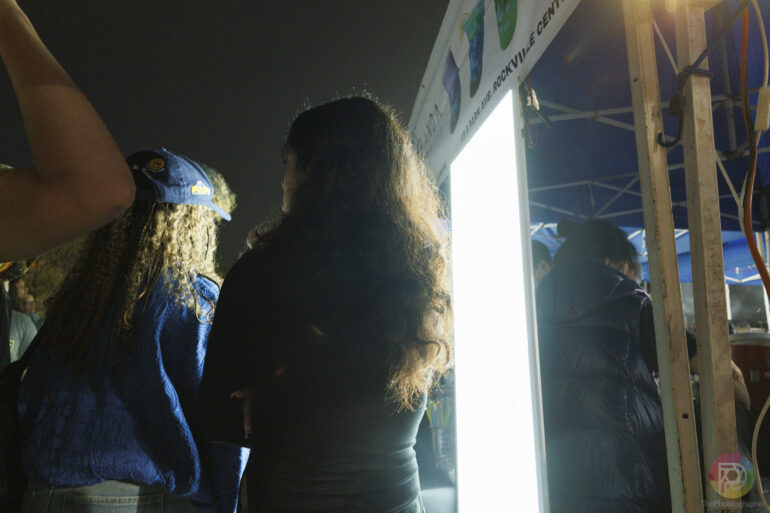
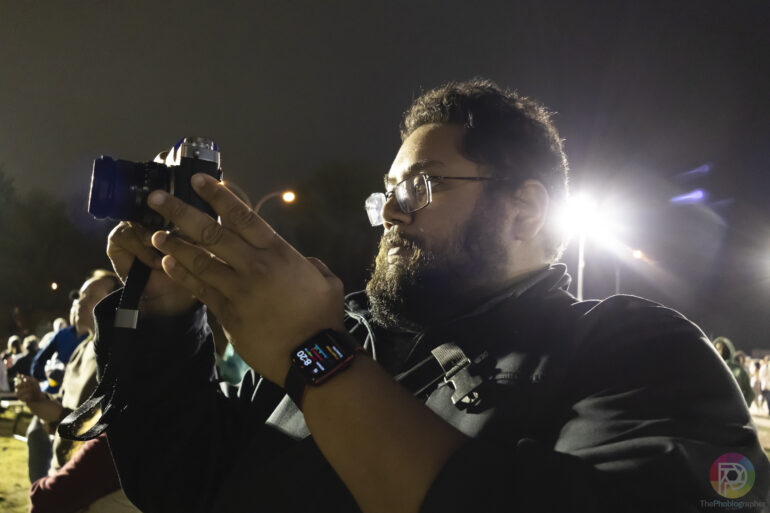
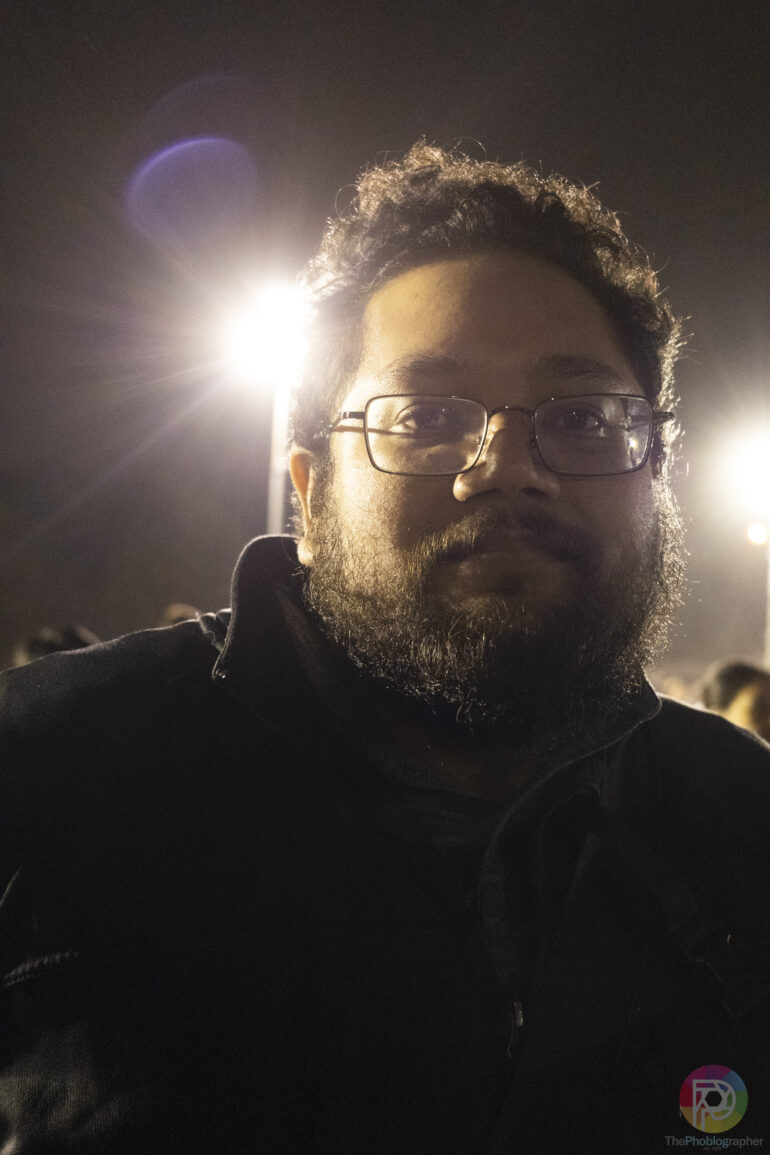
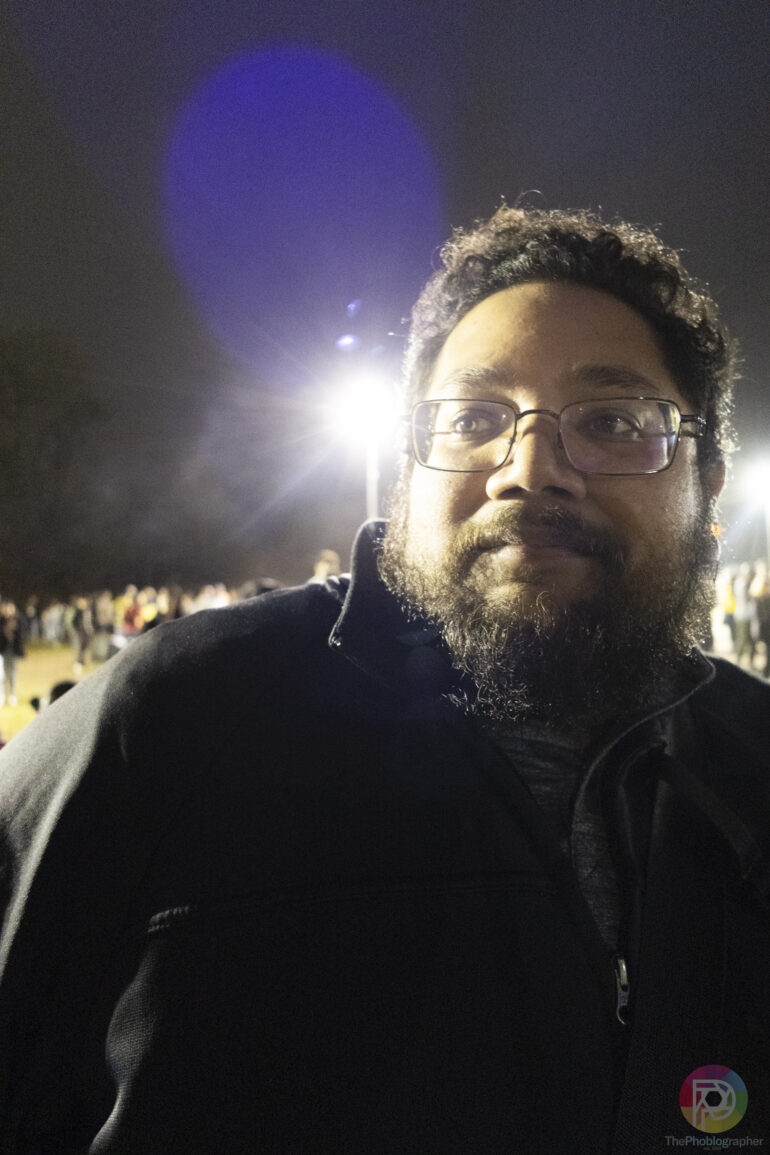
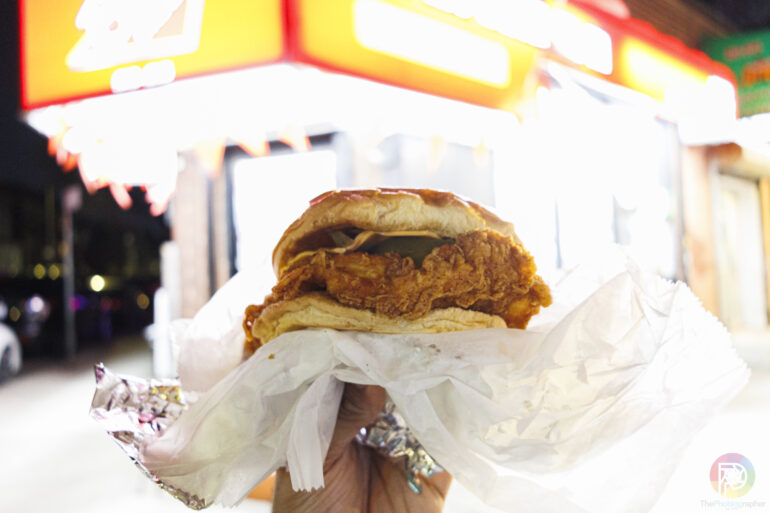

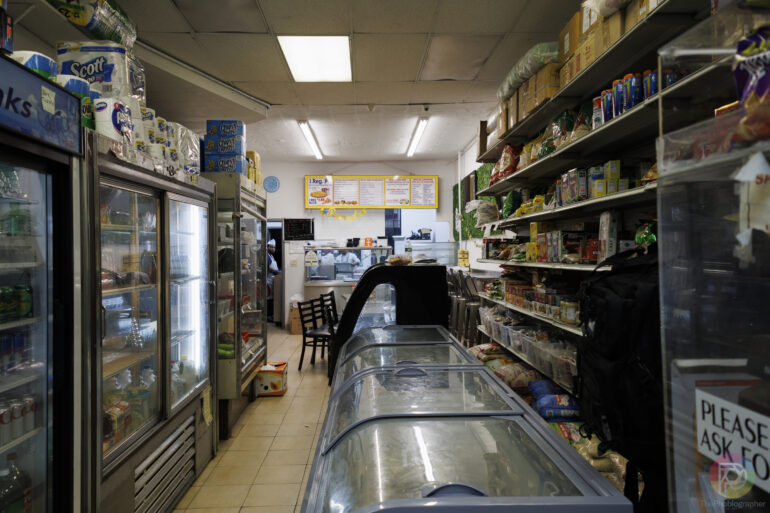

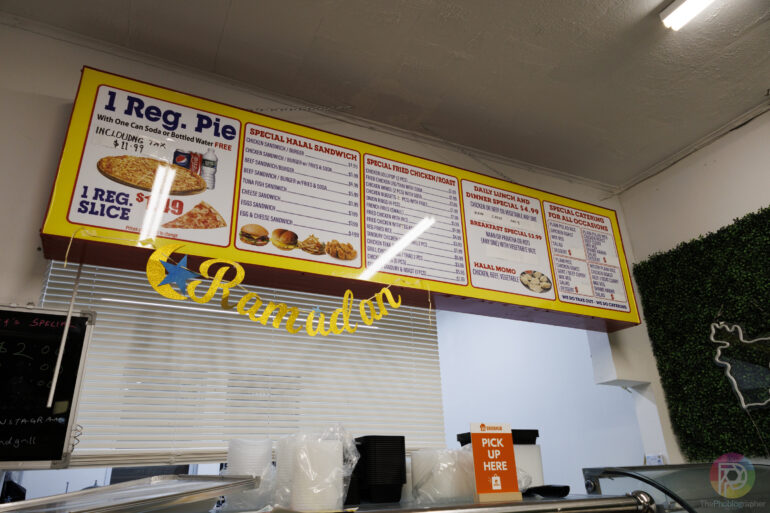
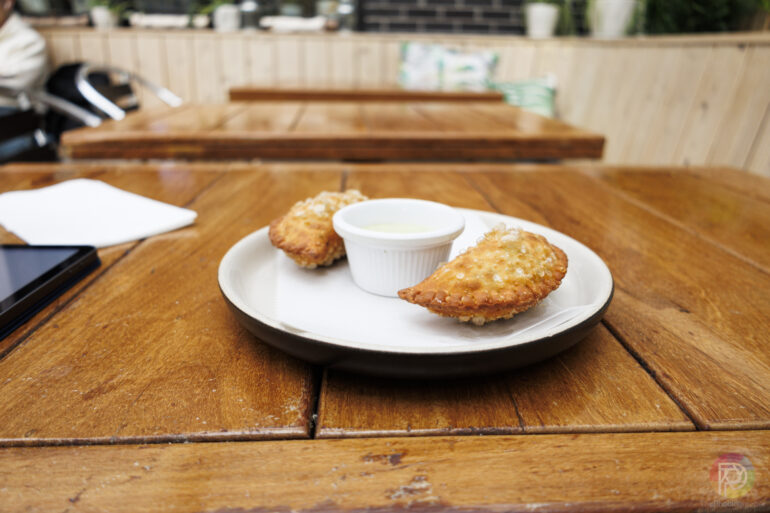
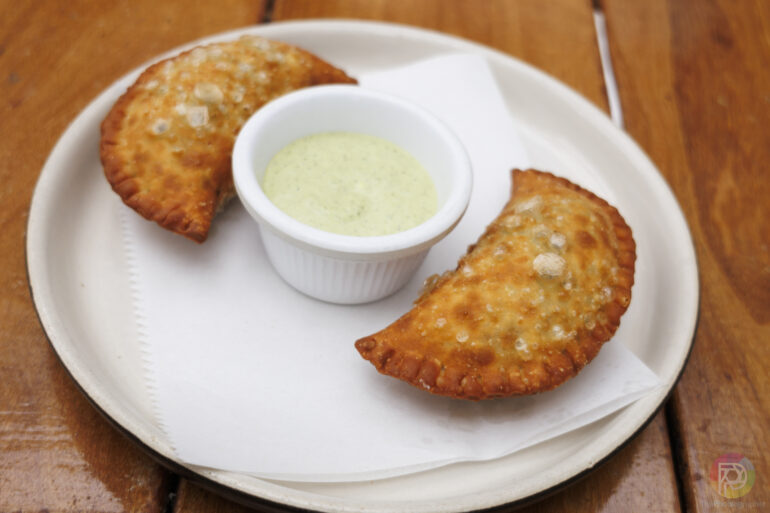
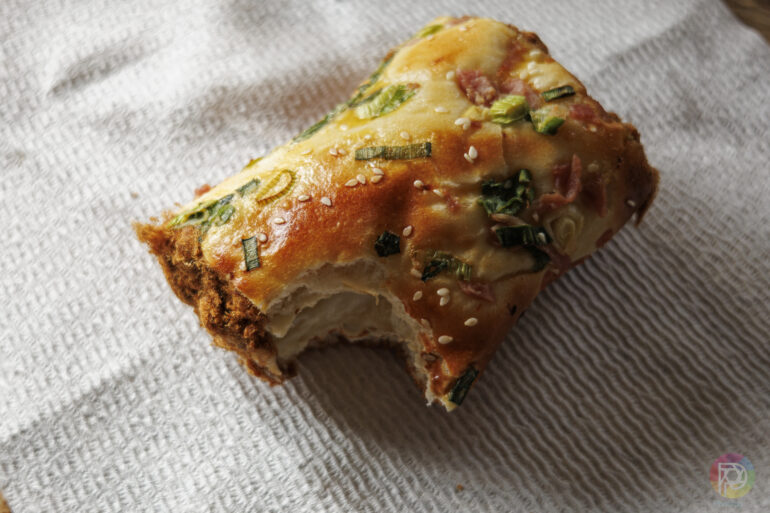
Who Should Buy the Canon EOS R8?
The Canon EOS R8 is kind of an odd one. It’s incredibly affordable, has features that even the Canon EOS R5 doesn’t have, is lightweight, and can give you great JPEGs. Plus it’s weather resistant to a degree. But on the flip side, it eliminates the ability to flip the shutter down over the sensor, and if you’re very used to Canon gear already, it can be a bit of a pain to use. If you’re brand new to cameras, I think that it will make things fairly easy as long as you play with it for a while.
For the price point, the Canon EOS R8 is doing a lot. At the same time, it’s just not exciting. If you’re looking for full-frame at a super affordable price, then get the R8.
Tech Specs
Specs are taken from Lensrentals.
| Brand | Canon |
| Camera Type | Mirrorless |
| Environmental | Operating Temperature32 to 104°F0 to 85%Operating Humidity |
| Exposure Control | Shutter TypeElectronic ShutterElectronic Shutter Speed1/16000 Up to 30 Seconds in Manual Mode1/16000 Up to 30 Seconds in Time Mode1/8000 Up to 30 Seconds1/4000 Up to 30 SecondsBulb Mode, Time ModeElectronic Front Curtain Shutter SpeedBulb/Time ModeISO SensitivityPhoto/Video: 100 to 102,400Extended: 50 to 204,800Center-Weighted Average, Evaluative, Partial, SpotAperture Priority, Manual, Program, Shutter Priority-3 to +3 EV (1/3, 1/2 EV Steps)-3 to 20 EVAuto, Cloudy, Custom, Daylight, Flash, Fluorescent (White), Kelvin, Shade, TungstenMetering MethodExposure ModesExposure CompensationMetering RangeWhite-Balance PresetsContinuous Shooting – Electronic ShutterUp to 40 fps for up to 120 Frames (JPEG) / 56 Frames (RAW)Up to 6 fps for up to 1000 Frames (JPEG) / 1000 Frames (RAW)Yes2/10-Second DelayInterval RecordingSelf-Timer |
| Flash | Built-In FlashNoAuto1/200 Second-3 to +3 EV (1/3, 1/2 EV Steps)eTTLIntelligent Hot ShoeFlash ModesMaximum Sync SpeedFlash CompensationDedicated Flash SystemExternal Flash Connection |
| Focusing | Focus TypeAuto and Manual FocusContinuous-Servo AF, Manual Focus, Single-Servo AFPhase Detection: 4897Phase Detection: 4067-6.5 to +21 EVFocus ModesAutofocus Points – PhotoAutofocus Points – VideoAutofocus Sensitivity |
| General | Battery Type1x LP-E17 Rechargeable Lithium Polymer1x 1/4″-20 Female5.22 × 3.39 × 2.76″Tripod Mounting ThreadDimensions (W x H x D)Weight1.0 lb. (With Battery, Recording Media)0.9 lb. (Body Only) |
| Imaging | Sensor ResolutionEffective: 24.2 Megapixel35.9 × 23.9mm (Full-Frame) CMOSSensor-Shift, 5-Axis (Video Only)NoneStills & VideoSensor TypeImage StabilizationBuilt-In ND FilterCapture Type |
| Interface | Media/Memory Card SlotSingle Slot: SD/SDHC/SDXC1x Micro-HDMI OutputVideo I/OAudio I/O1x 1/8″ / 3.5mm TRS Stereo Microphone Input on Camera Body1x 1/8″ / 3.5mm TRRS Headphone/Mic Headphone Output on Camera Body1x USB-C (USB 3.2 / 3.1 Gen 2)2.4 / 5 GHz Bluetooth 4.2 ControlYesOther I/OWirelessMobile App CompatibleGlobal Positioning (GPS, GLONASS, etc.)None |
| Item Type | Camera |
| Mfr. Model Number | 5803C002 |
| Monitor | Size3″1,620,000 DotArticulating Touchscreen LCDResolutionDisplay Type |
| Mount | Canon RF |
| Still Image Capture | Aspect Ratio3:2C-RAW, HEIF, JPEG, RAW14-BitImage File FormatsBit Depth |
| Video Capture | Internal Recording Modes H.264/H.265/MP4 4:2:2 10-BitUHD 4K (3840 × 2160) up to 23.98/25/29.97/50/59.94 fps1920 × 1080 up to 23.98/25/29.97/50/59.94/100/120/150/180 fpsNoneCanon Log 3, HDR-PQExternal Recording ModesGamma CurveRecording LimitUp to 30 Minutes in 4KUp to 30 Minutes in 1080p HFRNTSC/PALStereoBroadcast OutputBuilt-In Microphone Type |
| Viewfinder | TypeBuilt-In Electronic (OLED)0.39″2,360,000 Dot22mm100%Approx. 70x-4 to +1SizeResolutionEye PointCoverageMagnificationDiopter Adjustment |


